This week I’ve been hiking the Kumano Kodo pilgrimage in a mountainous region of Japan called the Kii Peninsula. I first heard about the hike because it is the sister hike to the Camino de Santiago in Spain.
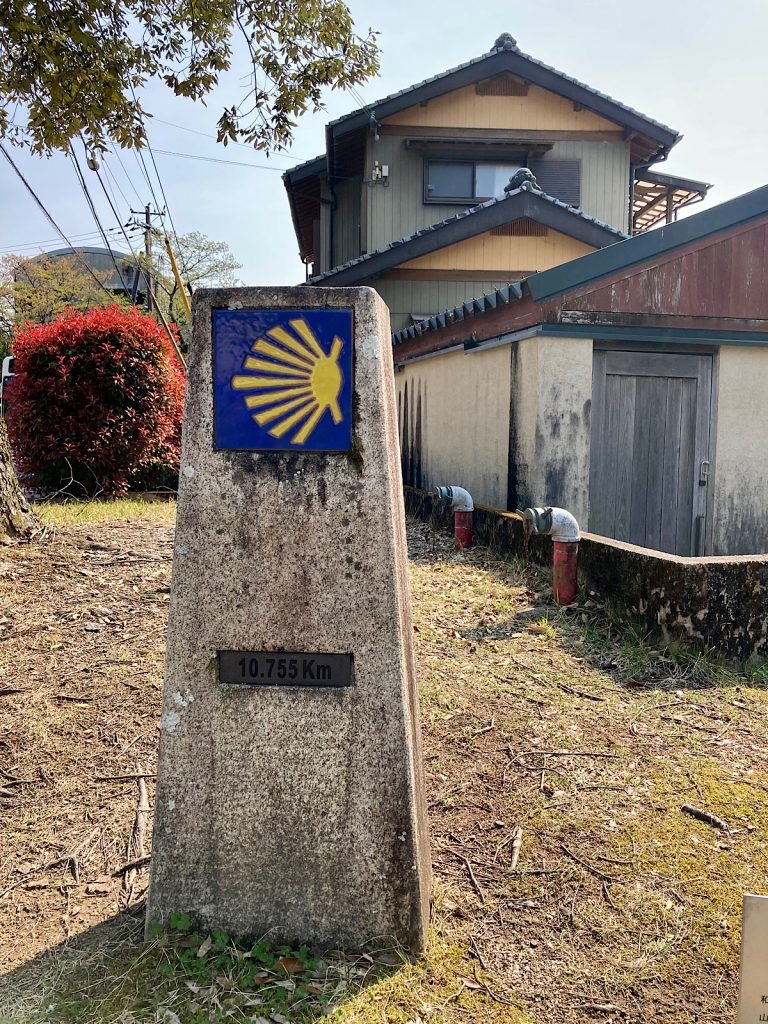
There are many similarities between the 2 hikes:
- They are the only two UNESCO world heritage hikes in the world.
- They are thousands of years old and started as religious pilgrimages, the Kumano Kodo being a route taken by everyone from commoners to emperors seeking healing and salvation through the Kumano faith (contains elements of Shinto, Shugendo, mountain worship, and Buddhism).
- There are a network of hikes that can be done with the goal being the cathedral in Santiago de Compostela for the Camino and the Kumano Sanzan, the 3 grand shrines of Kumano.
- Along the routes one can collect stamps as proof of completion. Though this may not appeal to everyone it is one of the things that I love the most about both routes. I really enjoy having the goal of finding the stamps and a meaningful souvenir to look back on.
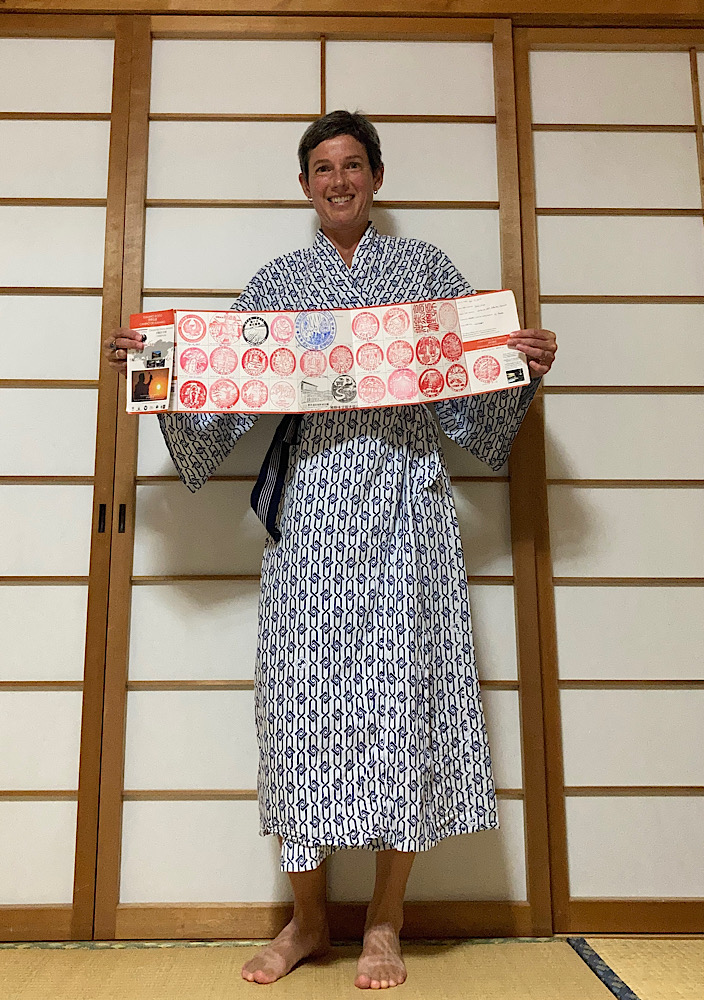
At Kii-Tanabe, the starting point of the hike, it is tradition to do a Shiogori salt-water purification. I washed my hands in the ocean here as has been done for thousands of years.
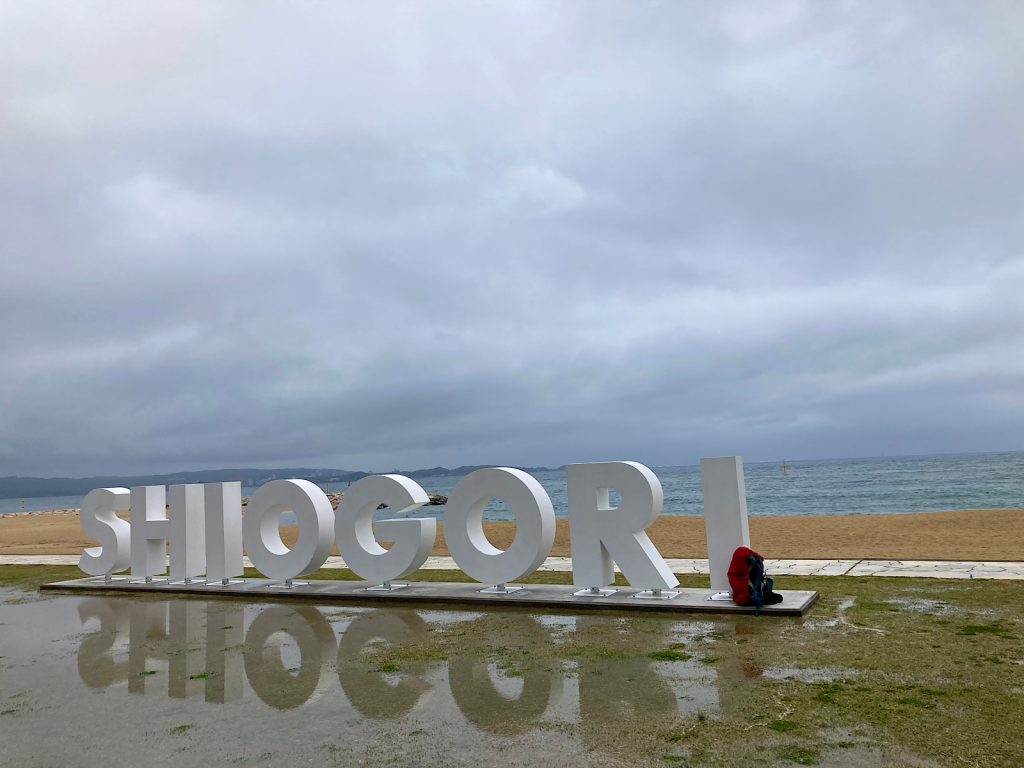
Less than 1km into my hike I encountered another tradition. There is a tiny opening in a grouping of rocks. Pilgrims are encouraged to squeeze through the opening as a symbol of going through the birth canal. It was so small that the average sized man ahead of me could not fit through. If he hadn’t pulled my backpack through for me there would have been no way I could have jammed it through. Japanese people are typically small framed, but this was extreme. Re-birthed, I continued on.
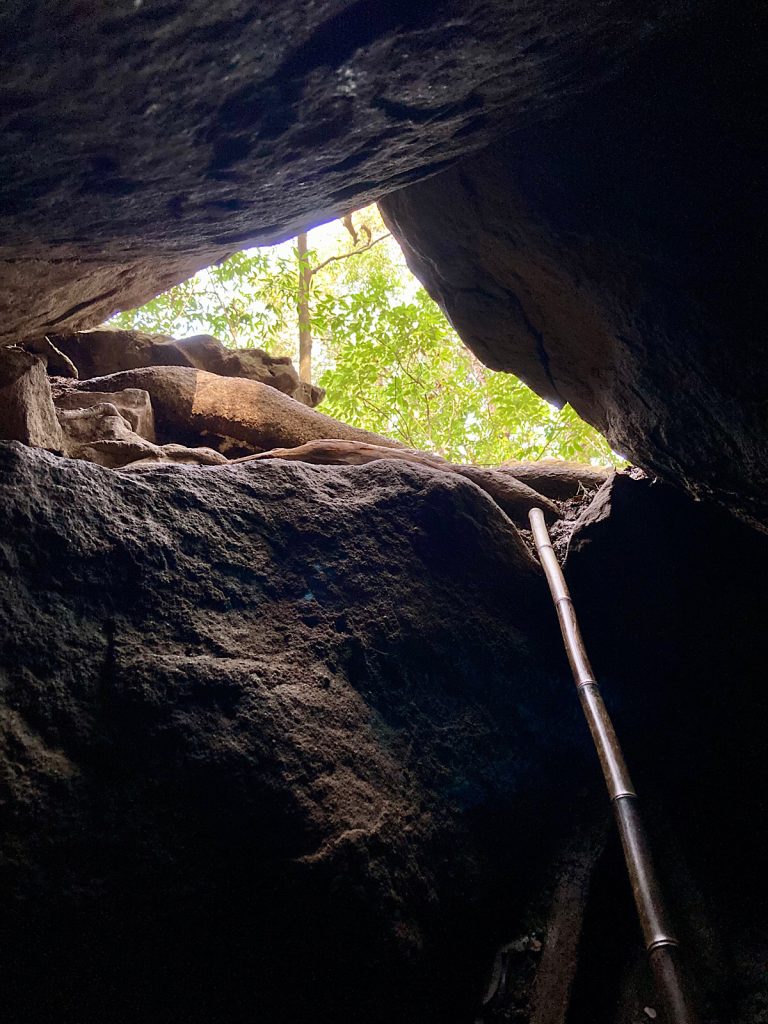
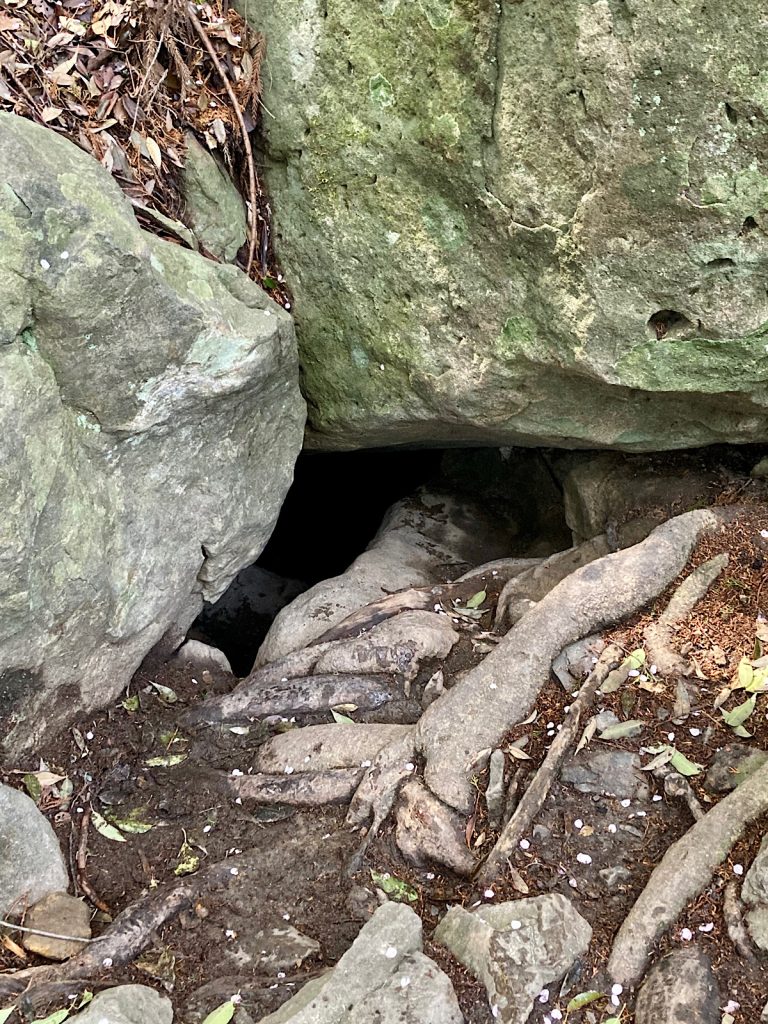
I travelled the Nakahechi route, which is about 70kms with significant elevation gain and loss as it travel over mountain passes. There were times when I thought that the natural stone or root steps were never going to end! The last day in particular was a grind; 1000m of elevation gain in the first 4 kms.
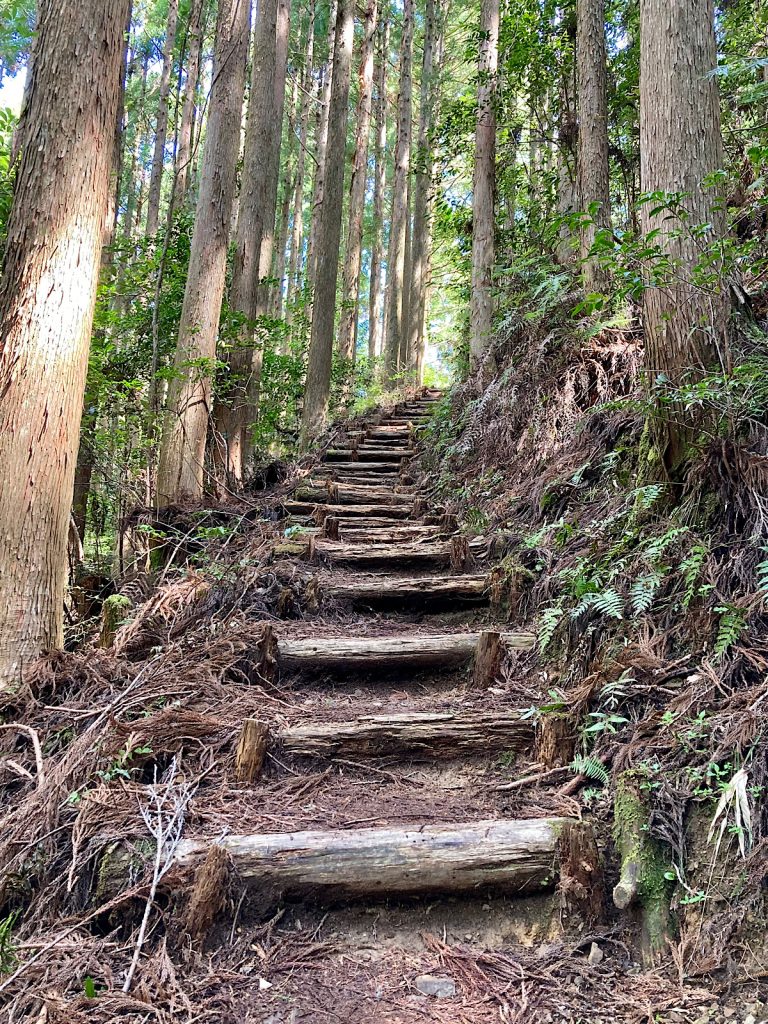
I hiked through cedar forests, bamboo groves, and areas where the Japanese maples were almost glowing in the sunlight.
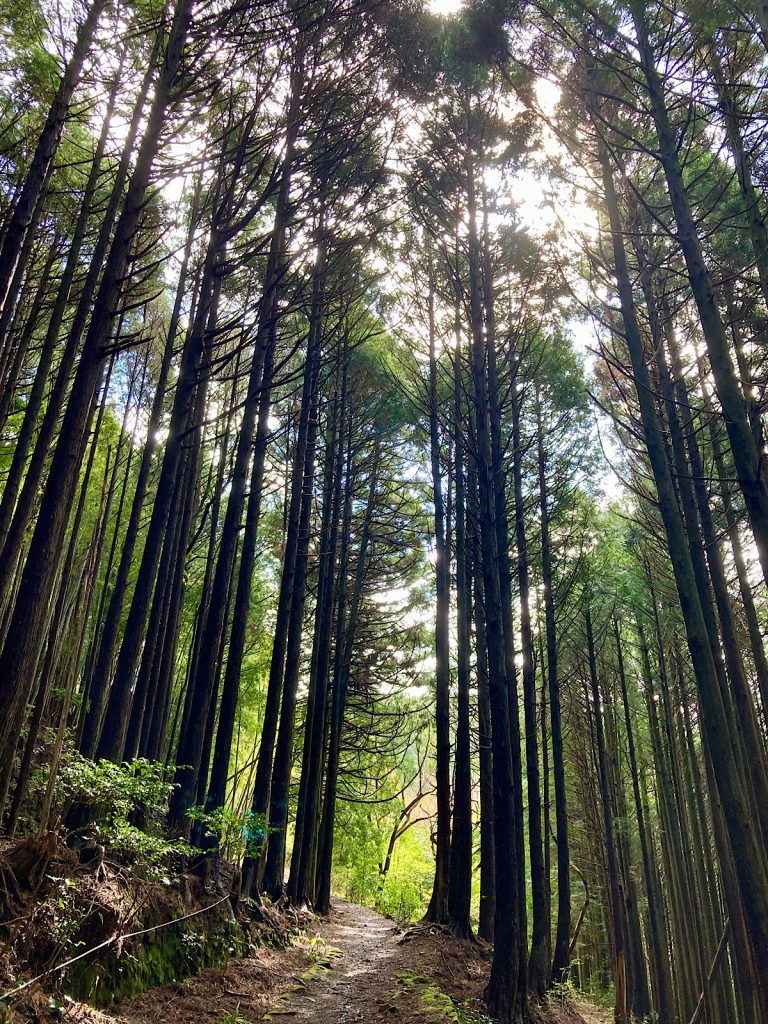
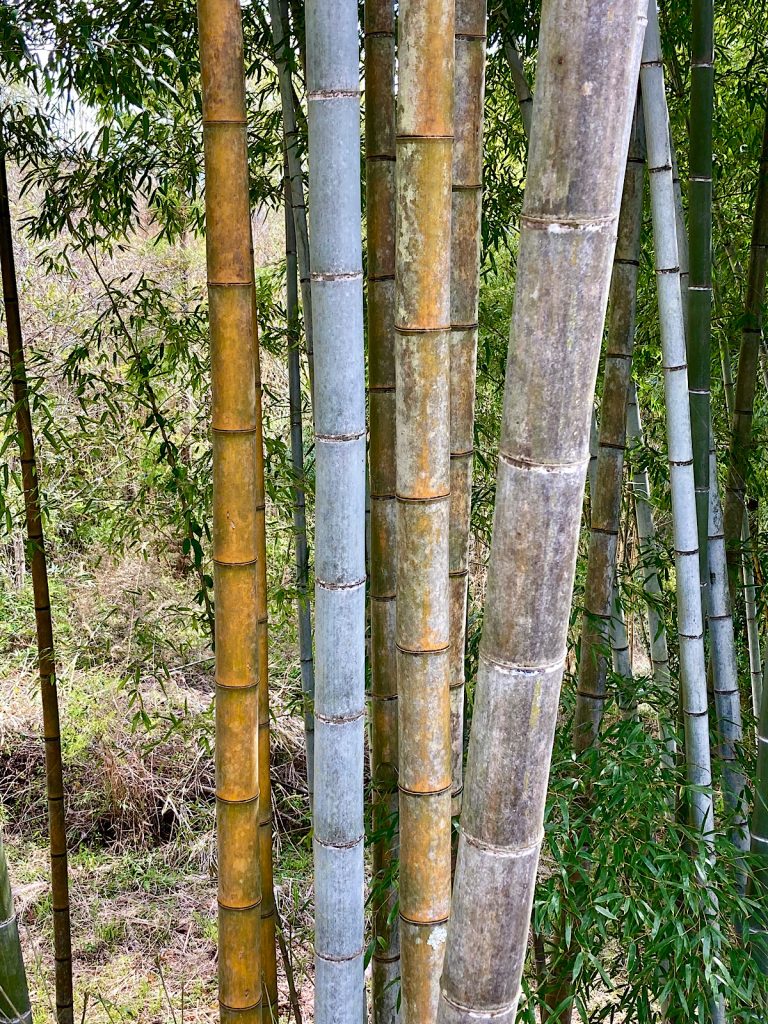
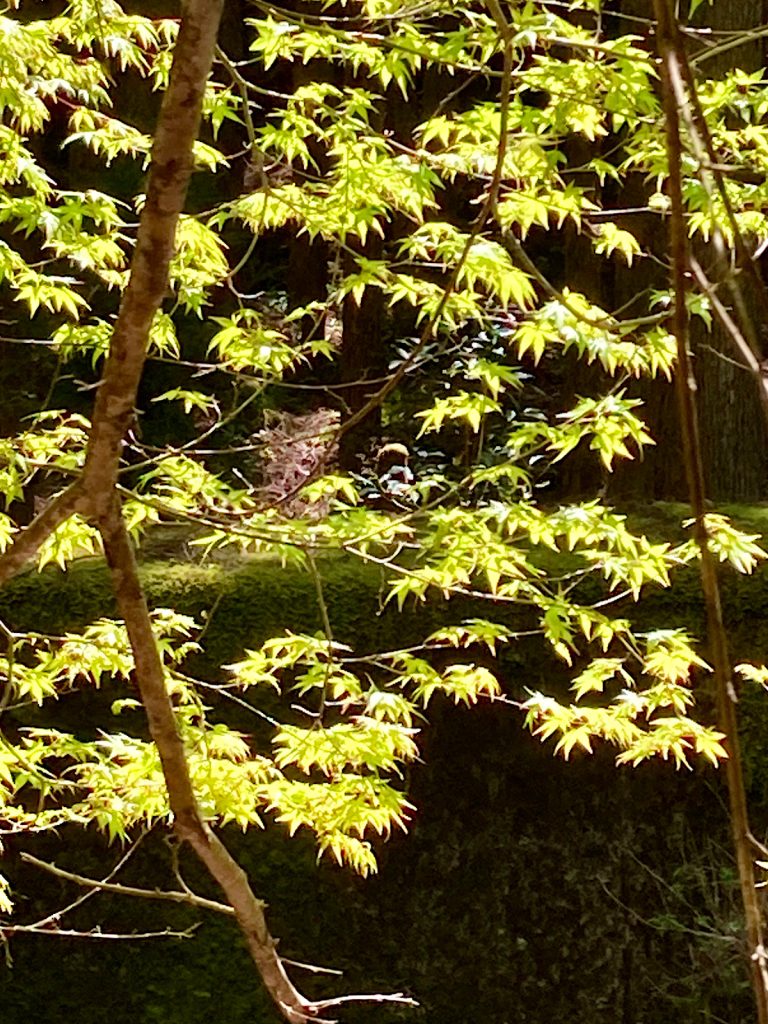
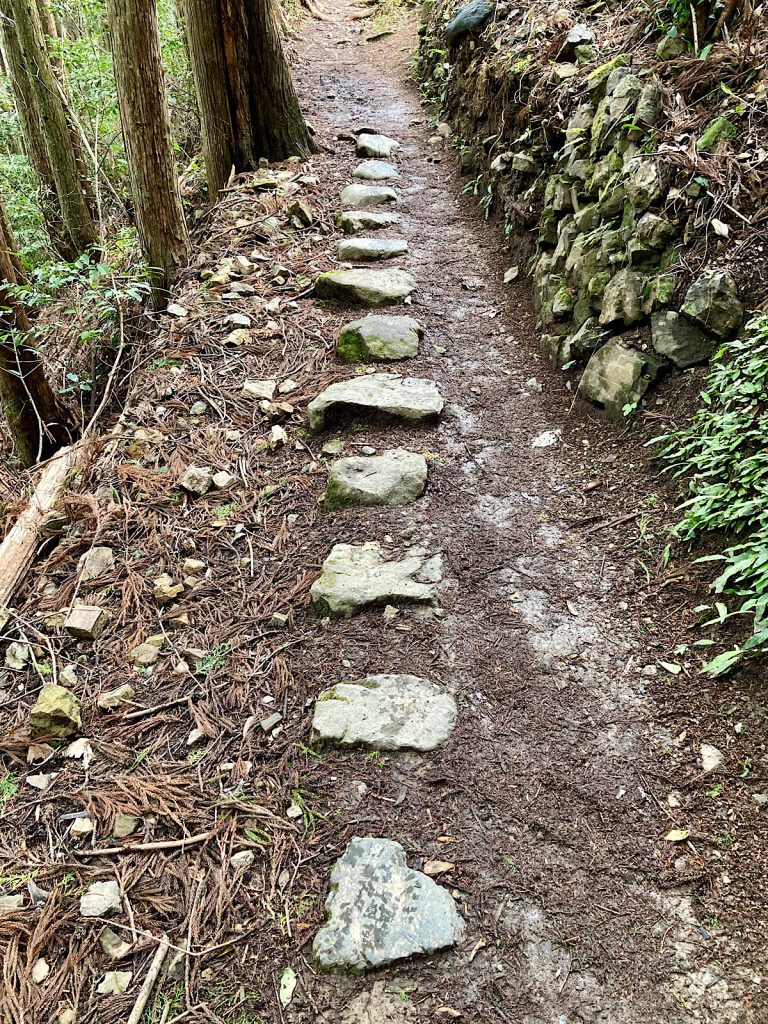
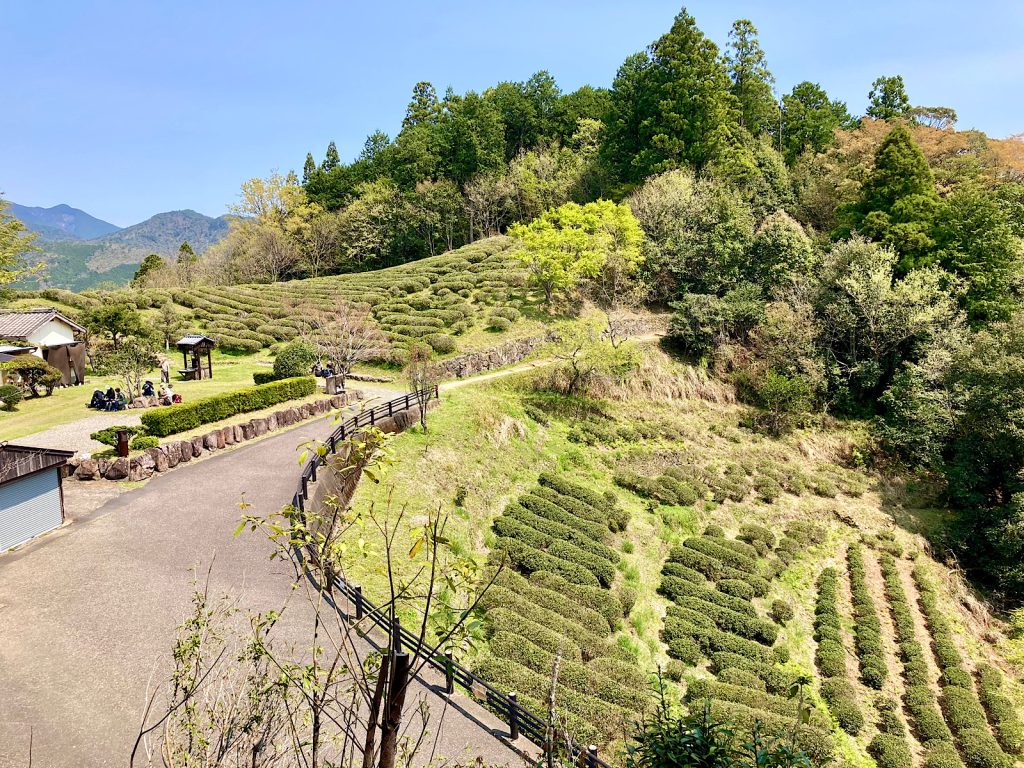
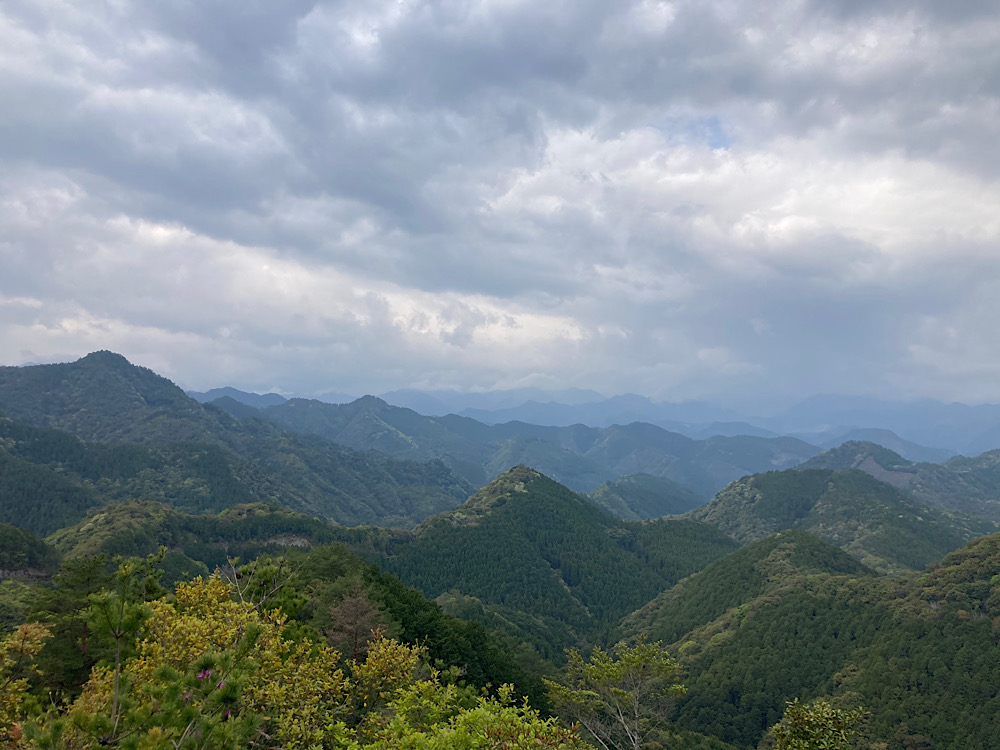
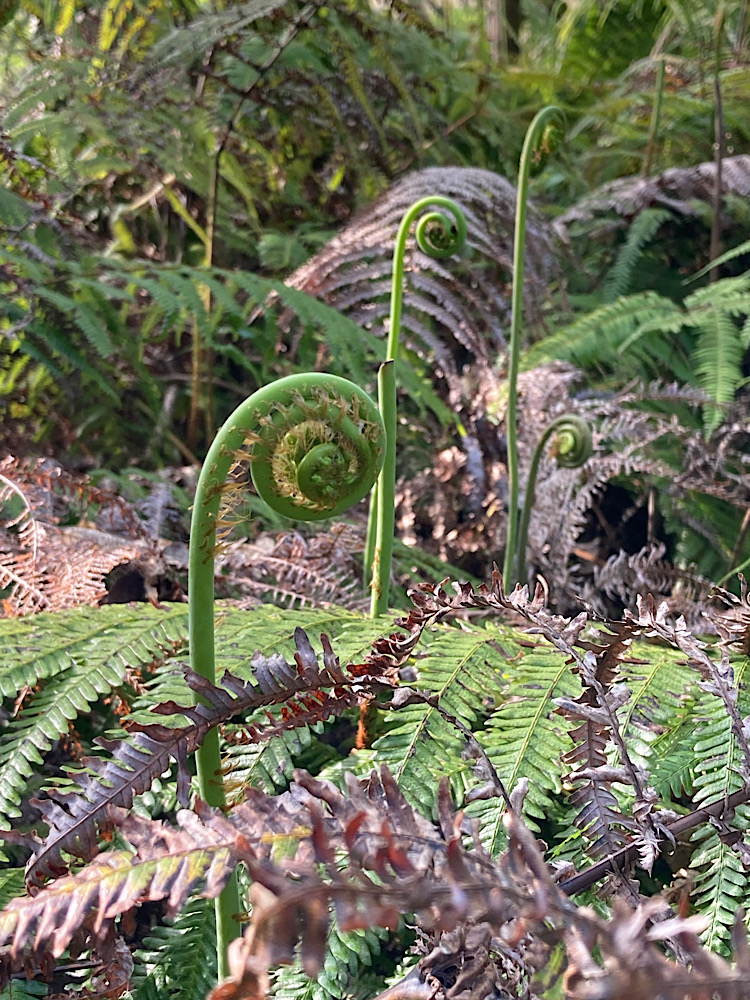
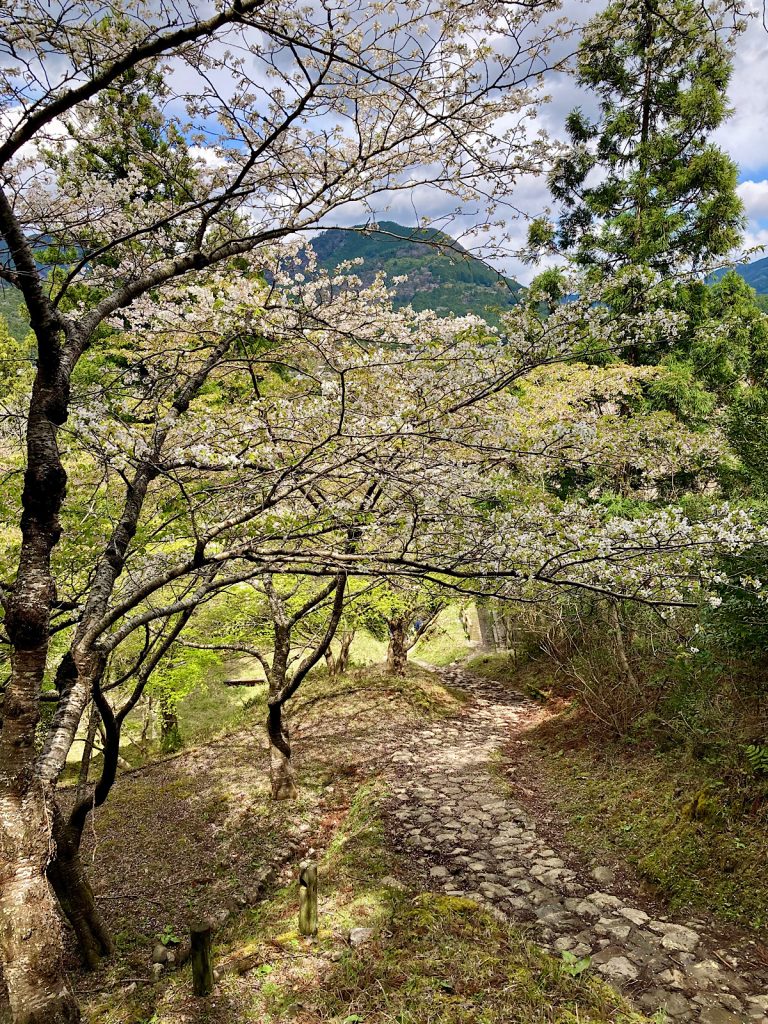
There were shrines all along the route, from carved rocks to small statues, to larger temples.
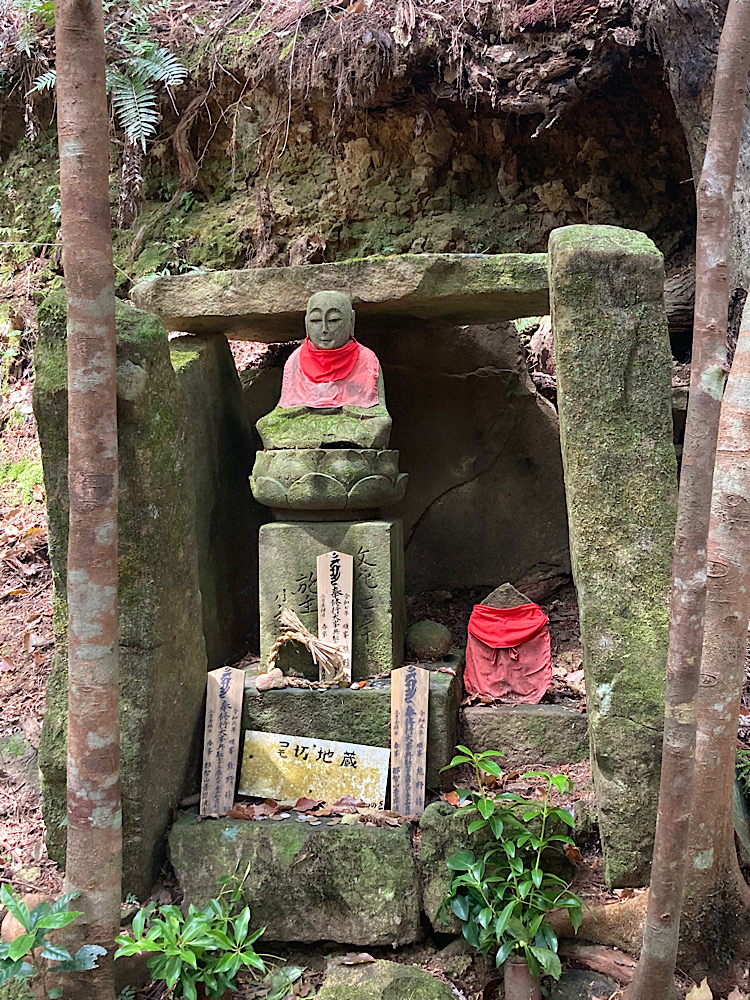
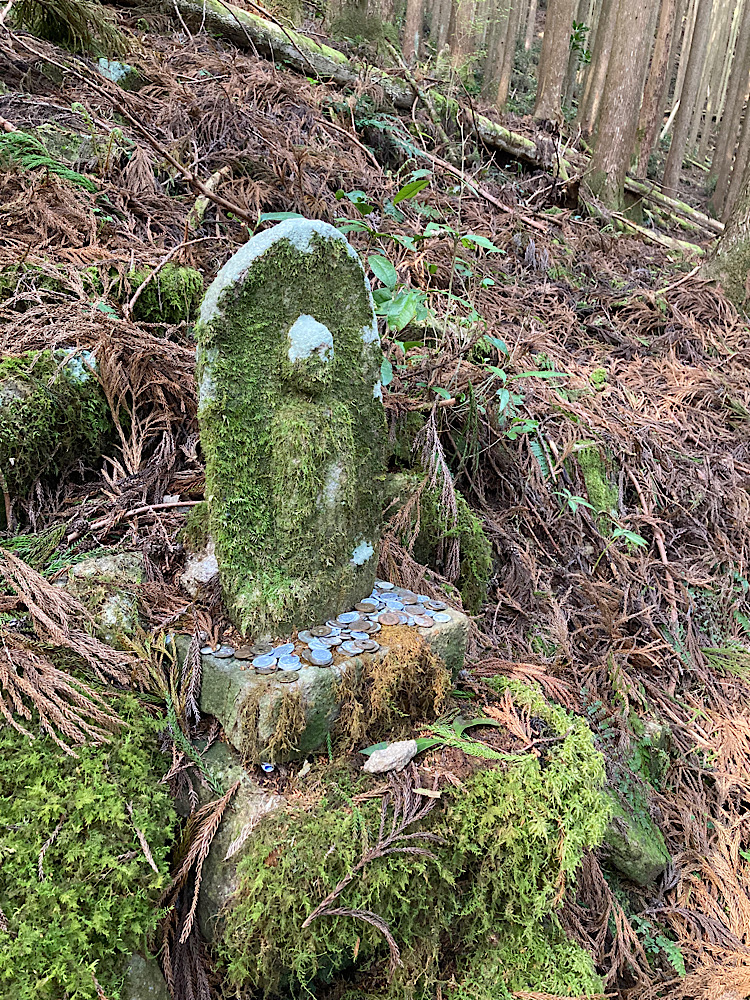
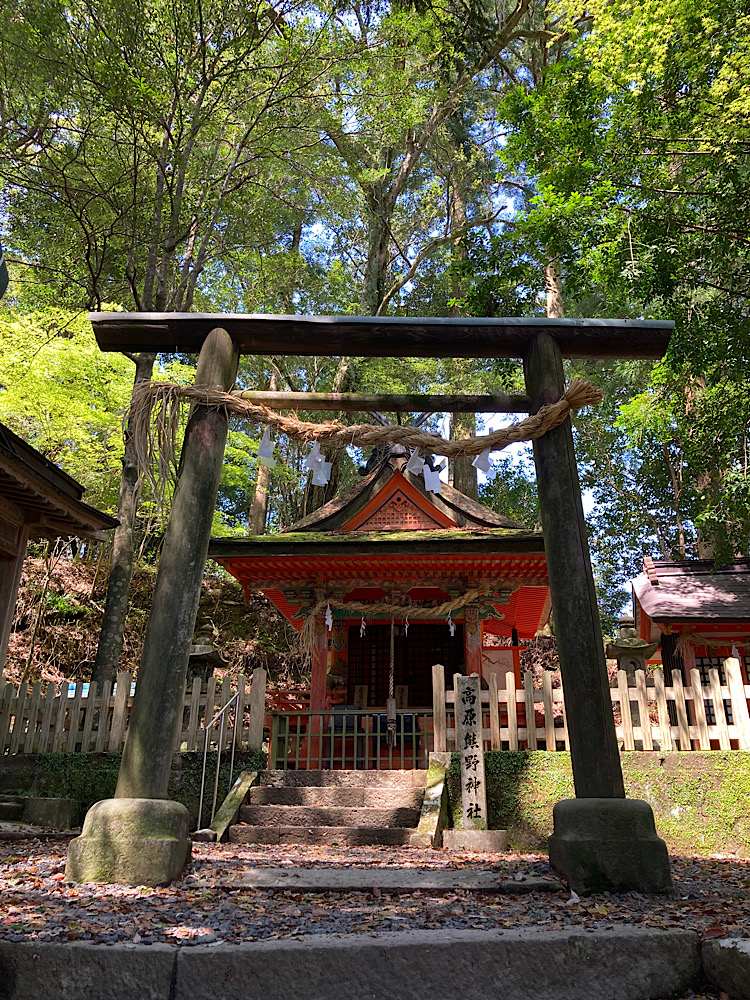
I stayed in tiny guesthouses along the way. I splurged more than usual and had most of my meals included. What a luxury it was to arrive to a feast for dinner, a filling breakfast, and a lunch box packed for me to take along the way. Though I had no idea what I was eating most of the time, I really loved all of the different flavours and textures, with one exception of some mystery meat that I avoided.
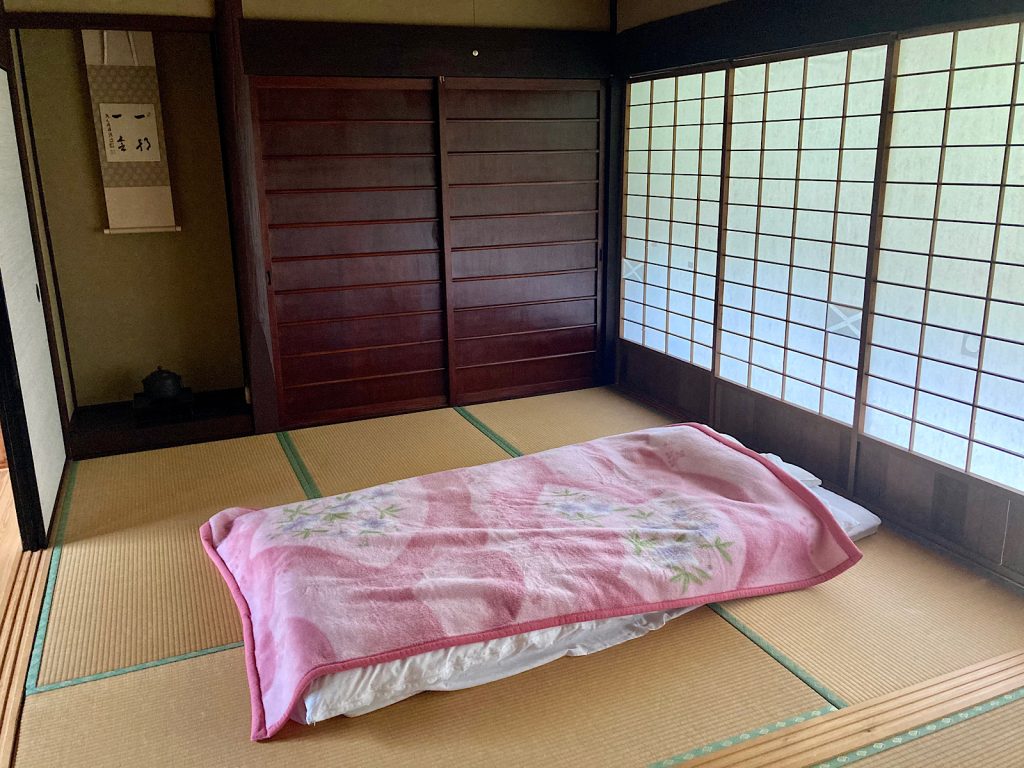
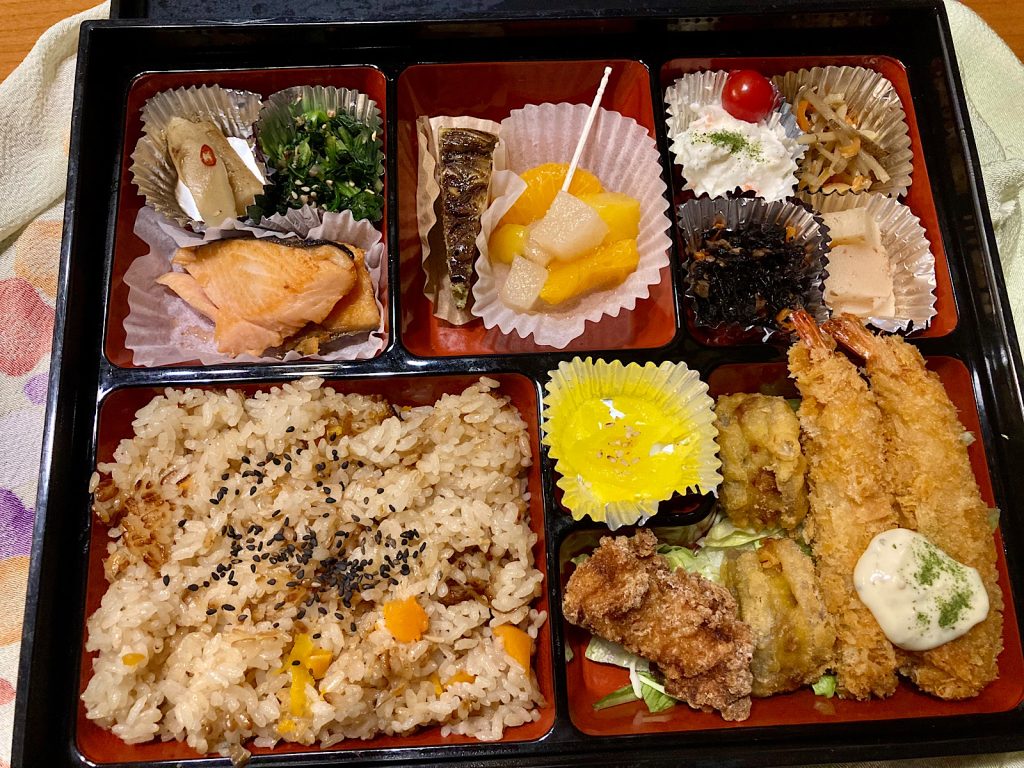
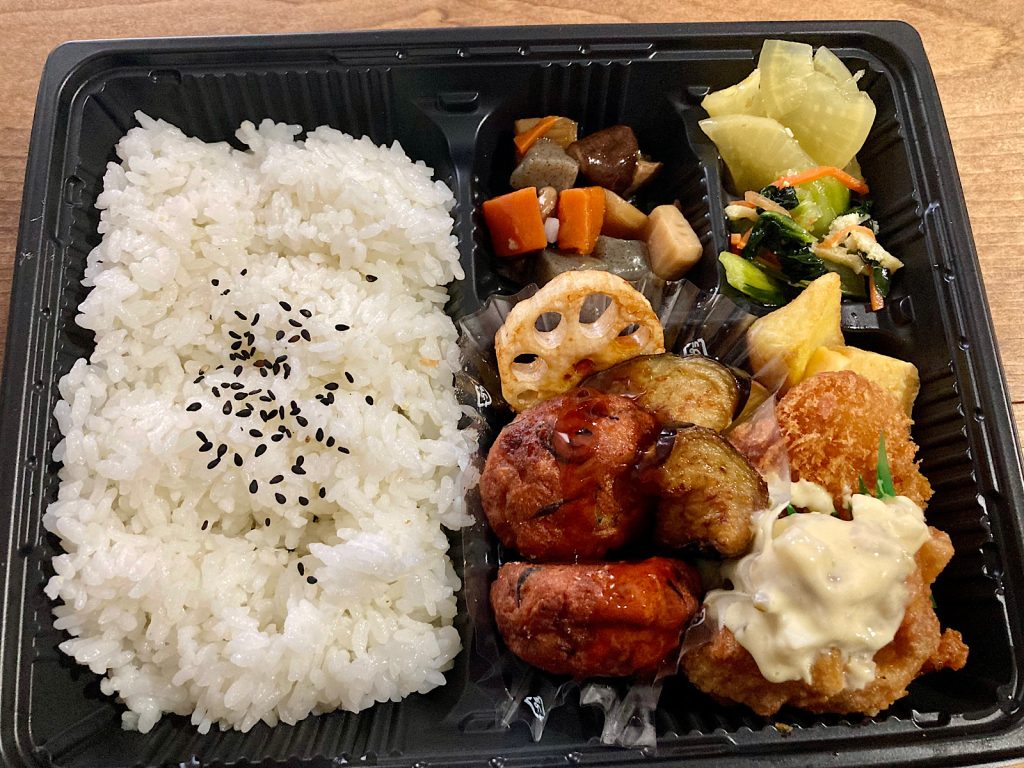
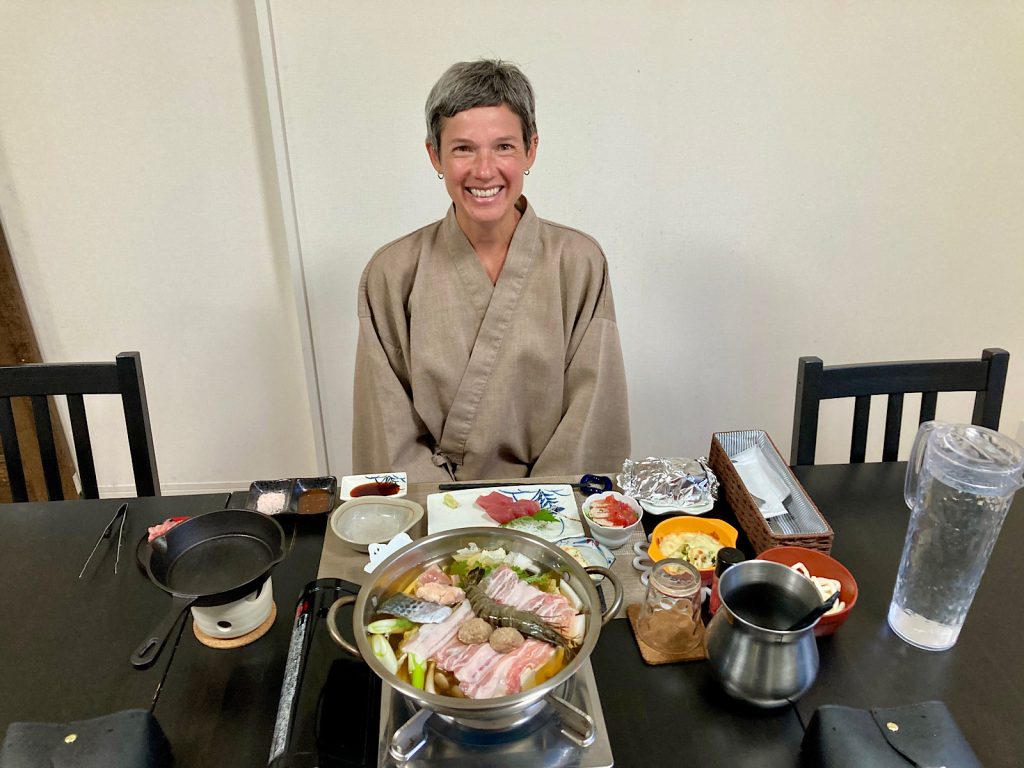
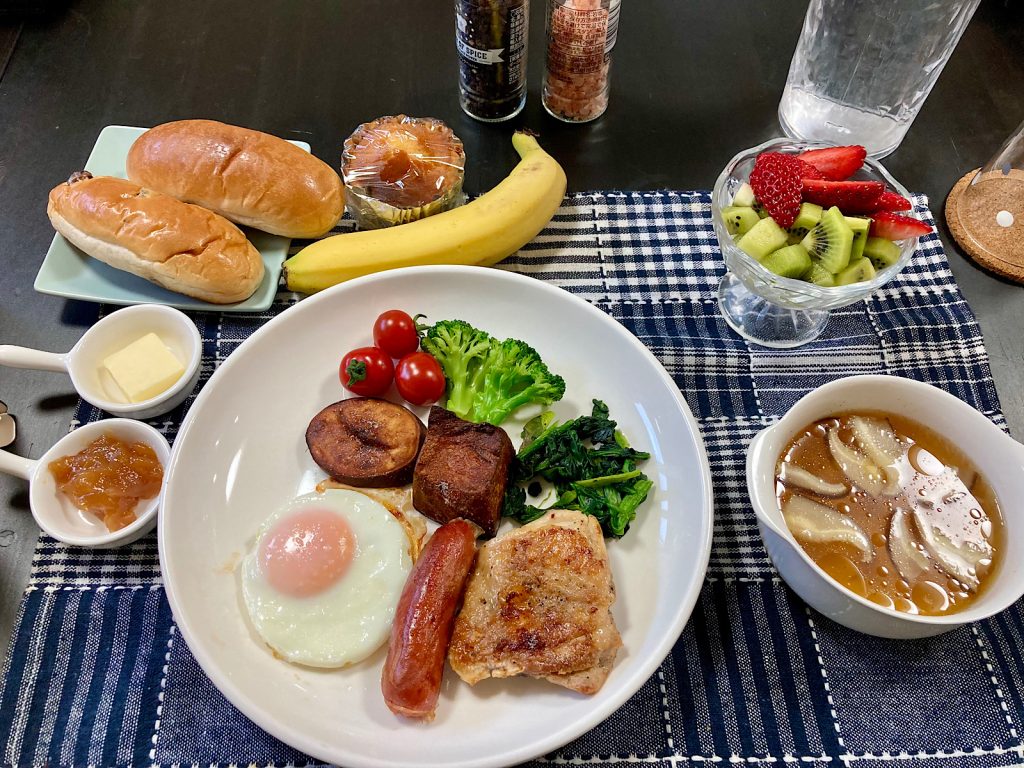
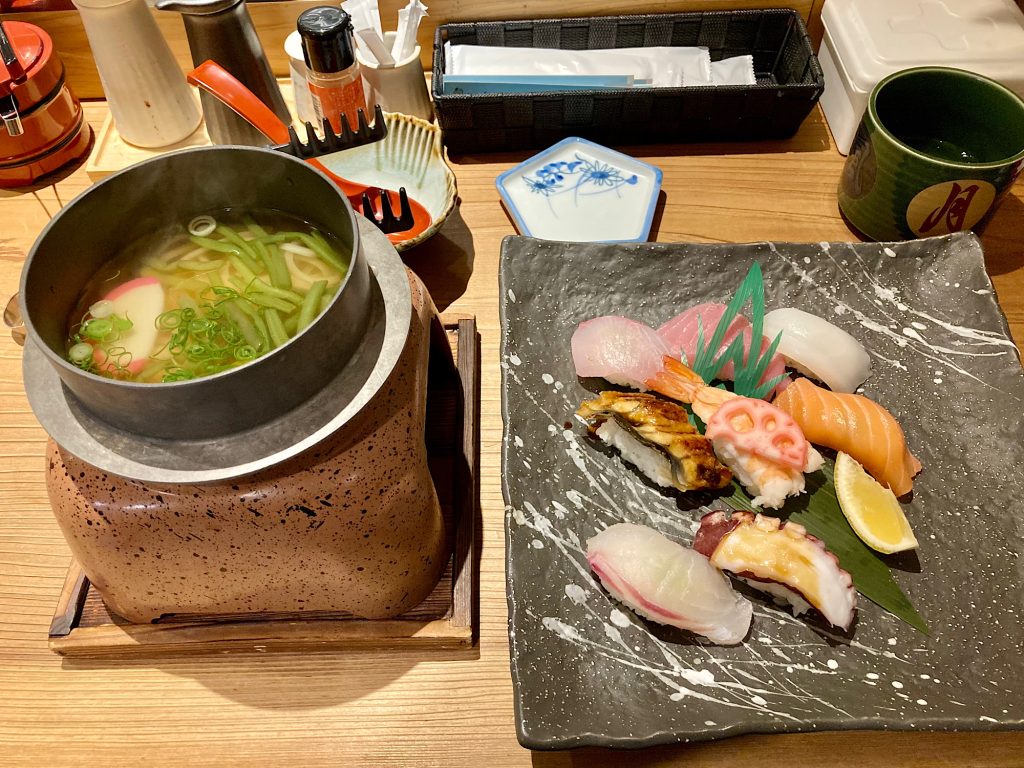
When I reached the first grand shrine, Kumano Hongu Taisha, I was able to participate in something very special. Those who have proof of completion of a Camino and the Kumano Kodo can register to become a Dual Pilgrim. This includes a pin, special stamp, certificate written on Japanese rice paper, a golden shell with a three-legged crow on it (symbol of the Kumano Kodo), AND the chance to participate in a drum ceremony at the temple.
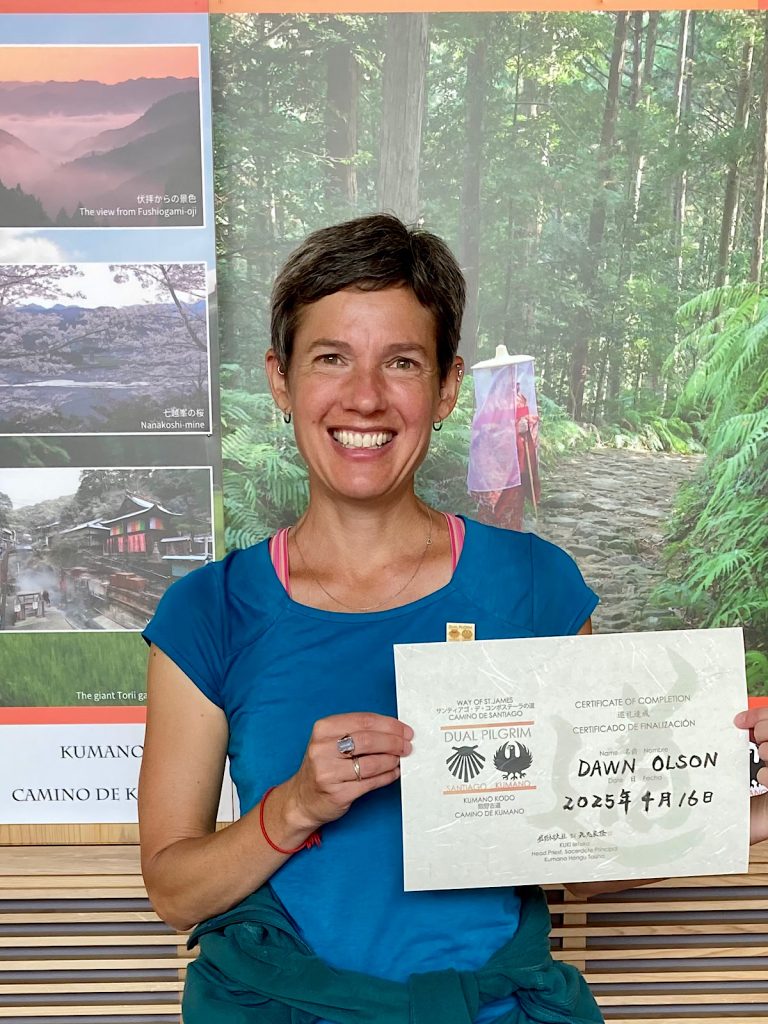
Receiving the certificate and then having the drum vibrations reverberating through me was a more emotional experience for me than I would have predicted. It reminded me of all of the friends, experiences, and lessons that I have learned through the 3 pilgrimages that I have done.
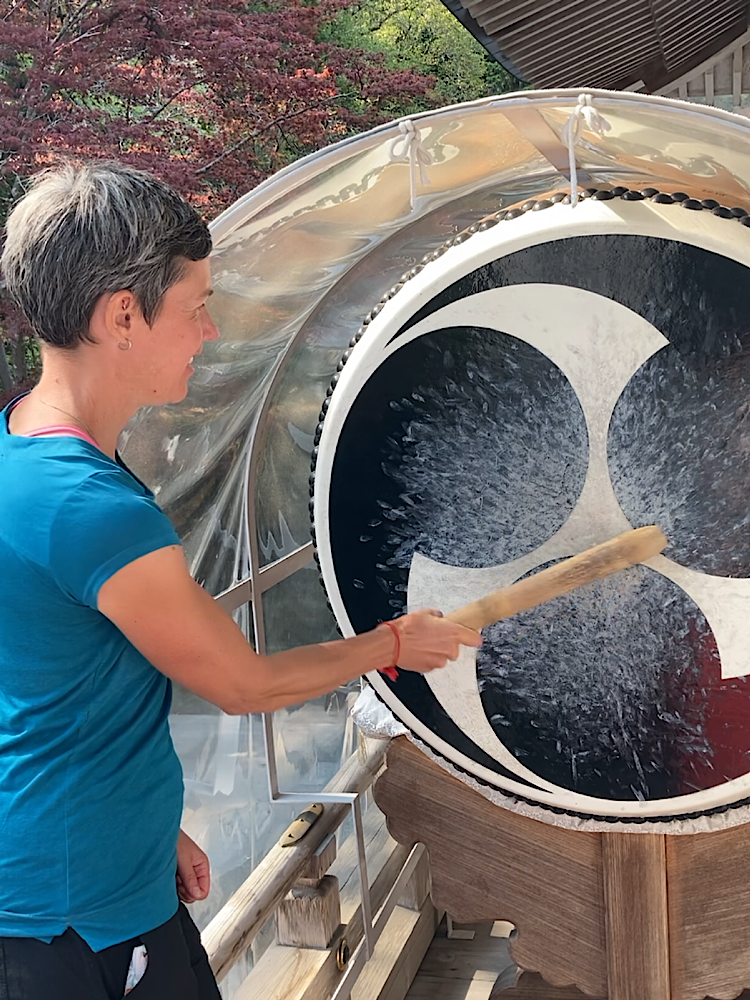
I took advantage of many onsens (Japanese hot baths) along the way. One of my guesthouses had a wood fired onsen… melt!
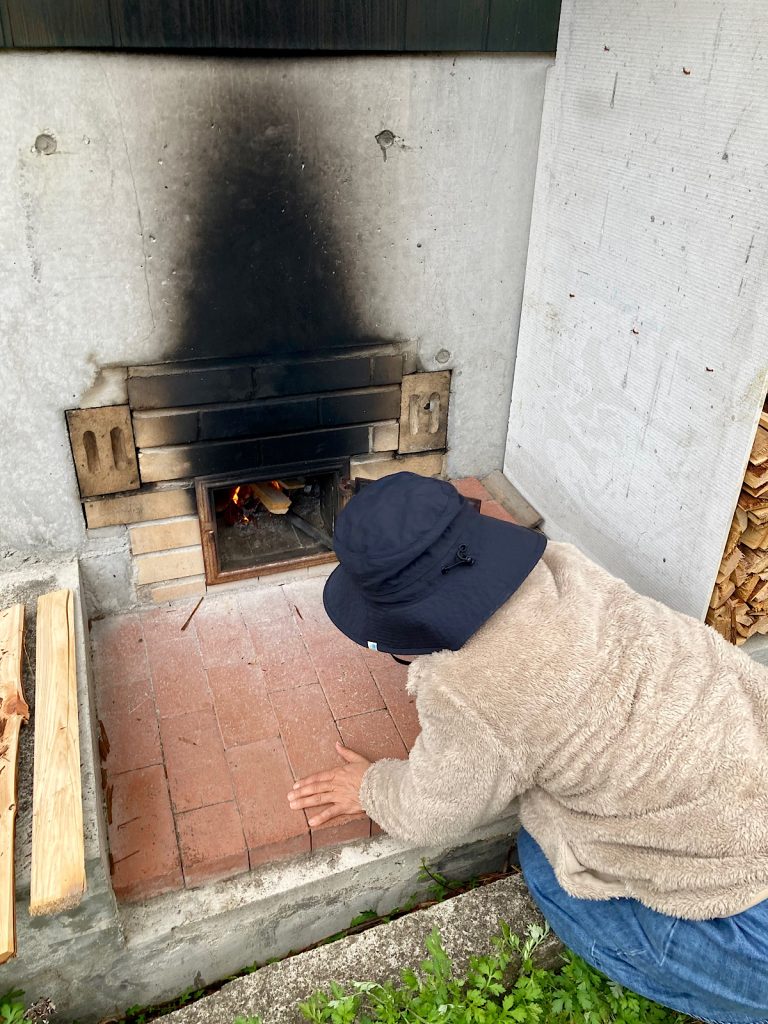
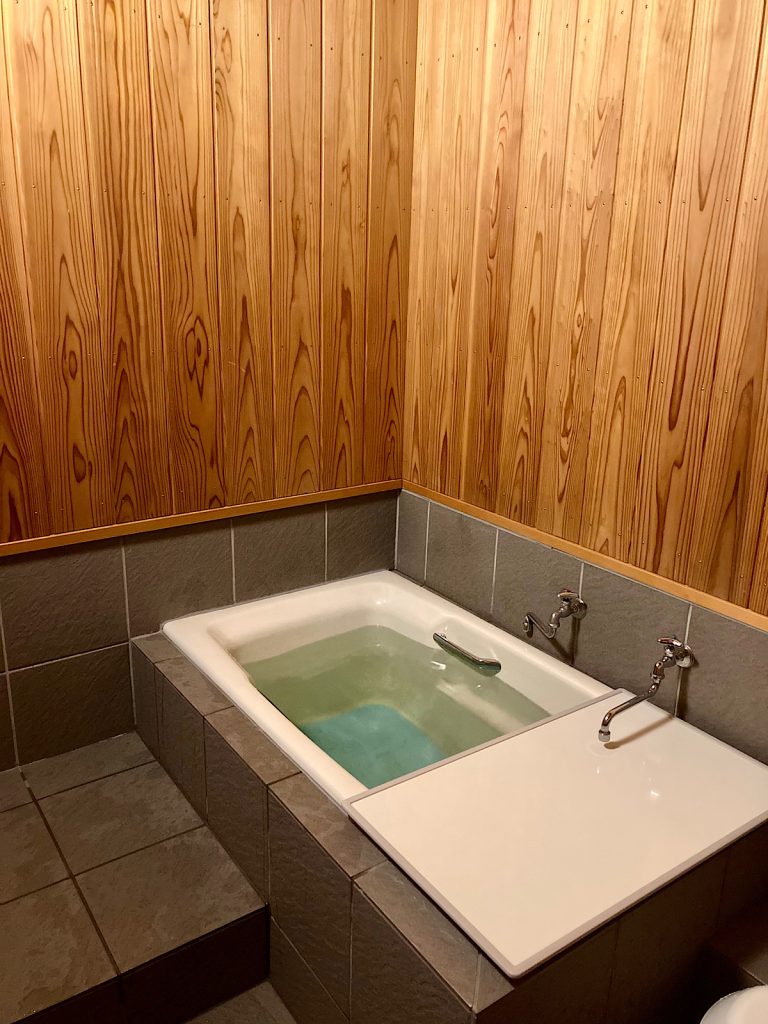
I had a ‘rest day’ at Yunomine Onsen, which is a tiny village around one of the oldest hot springs in Japan. There is a world heritage onsen called Tsuboyu that is a tiny cabin by the creek in the middle of the stream running through town. Legends report many stories of healing from soaking in these waters. My hostel also has its own onsen and you better believe I spent time soaking there.
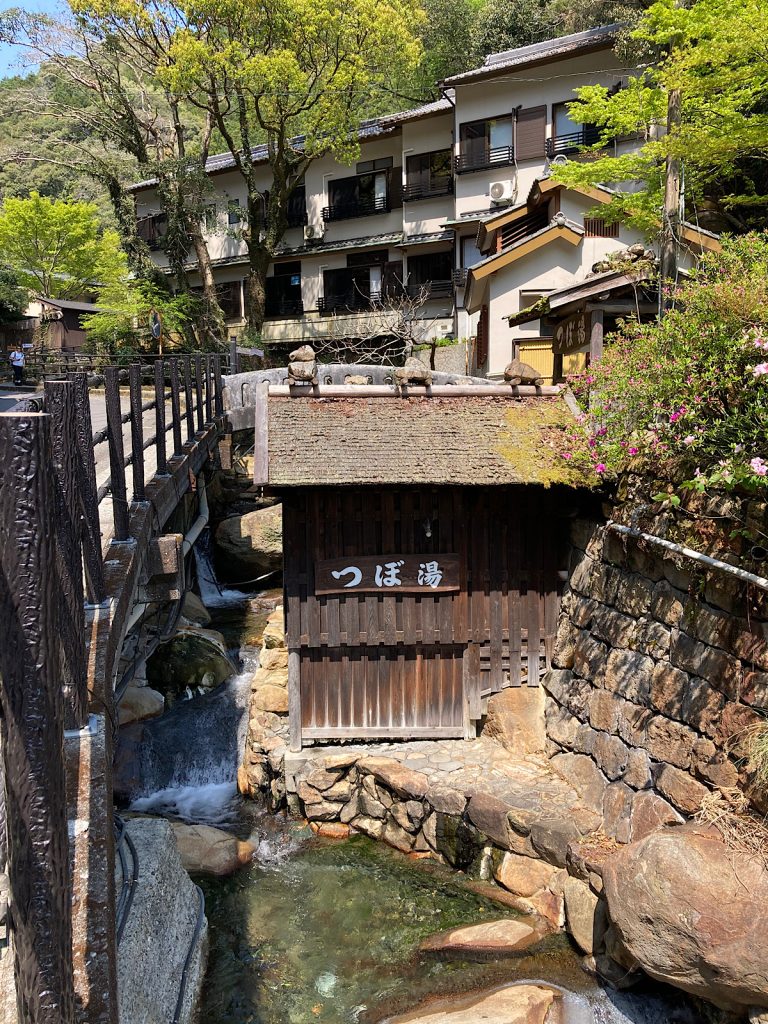
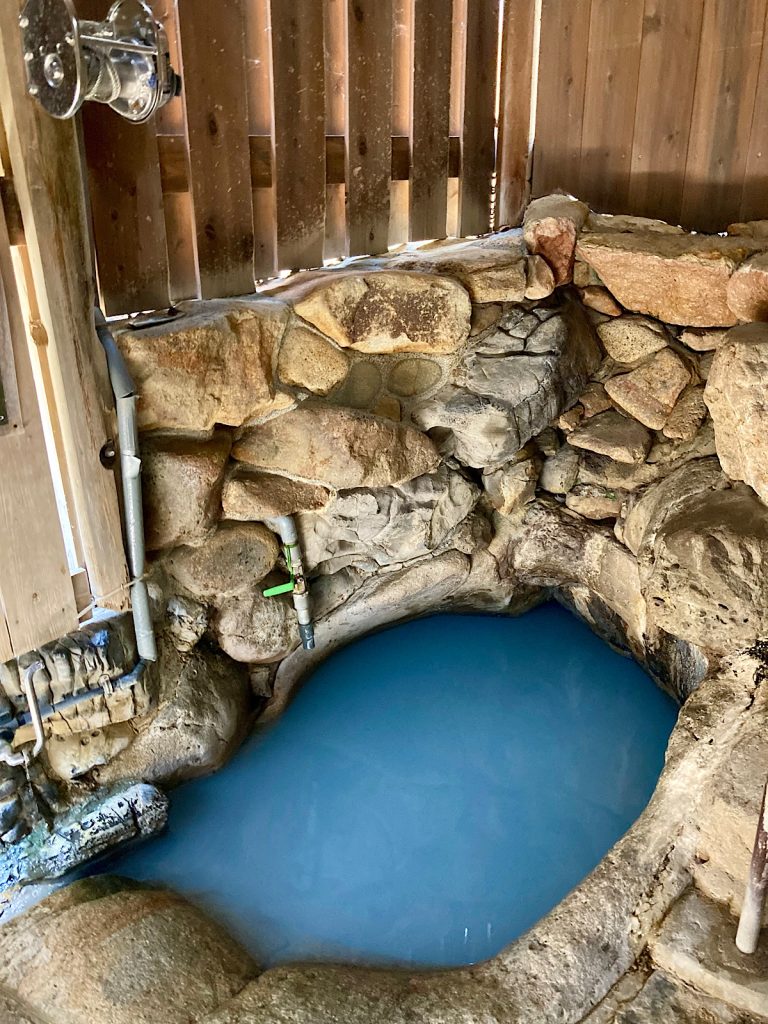
I decided to ‘double down’ on my medicinal hot spring exposure. I drank coffee made from the hot spring waters and for supper I cooked eggs and sweet potatoes in little mesh pouches set in the stream. Heck, I even ate onsen porridge for breakfast!
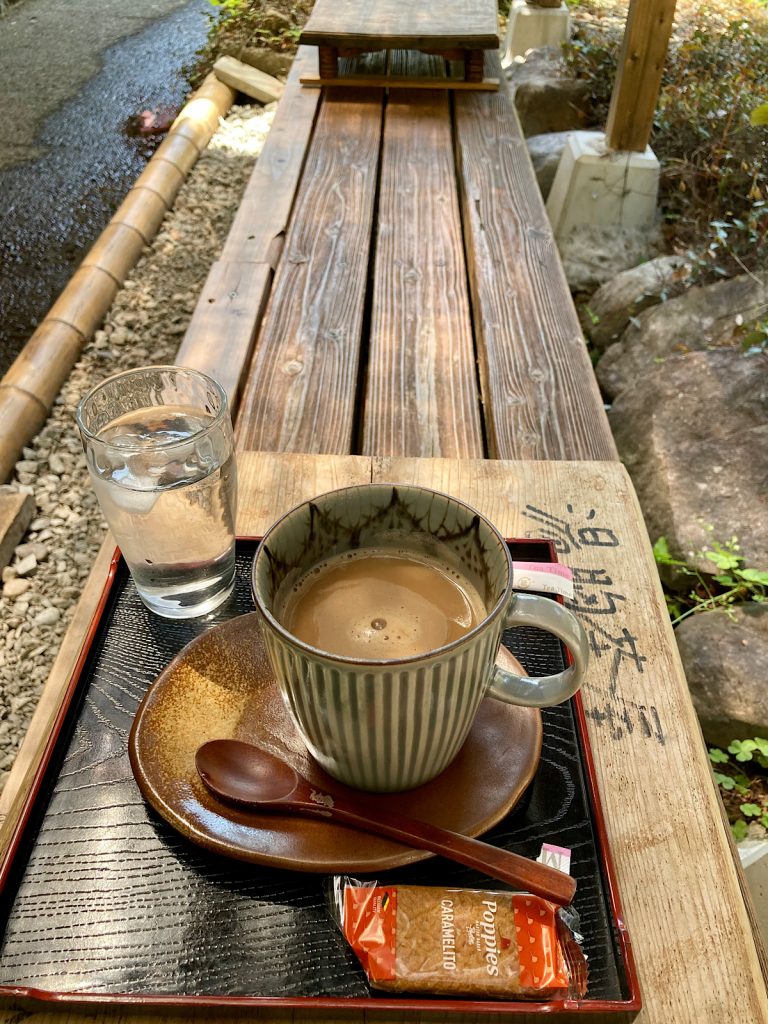
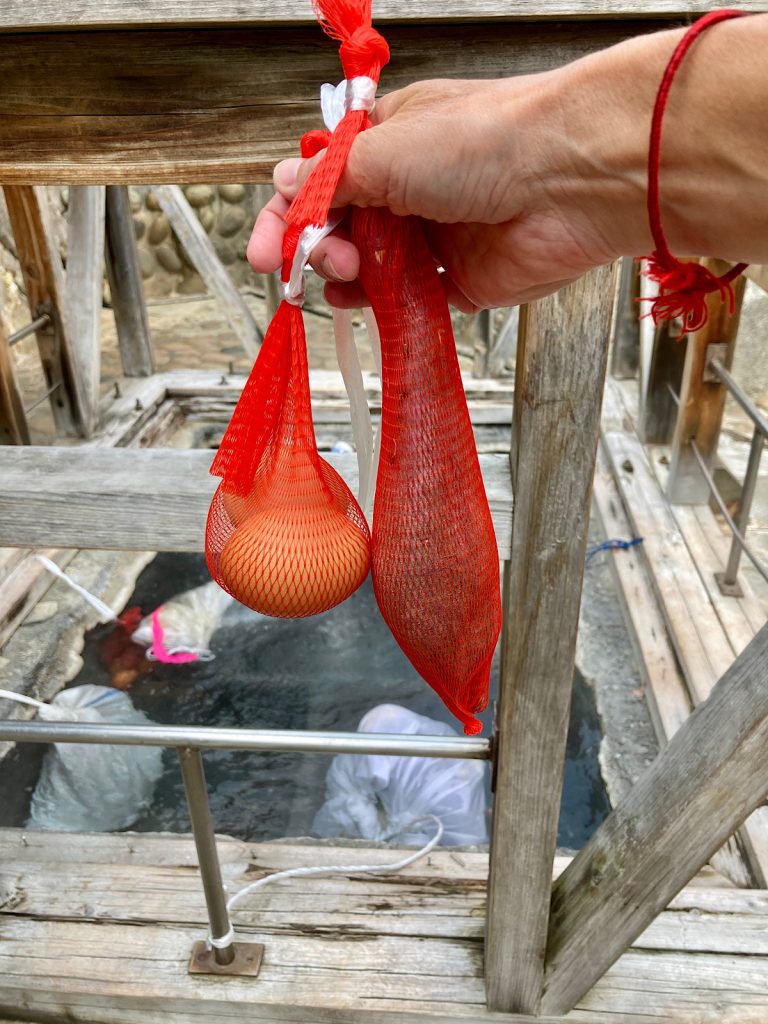
The three shrines are all different and beautiful in their own ways.
- Kumano Hongo Taisha
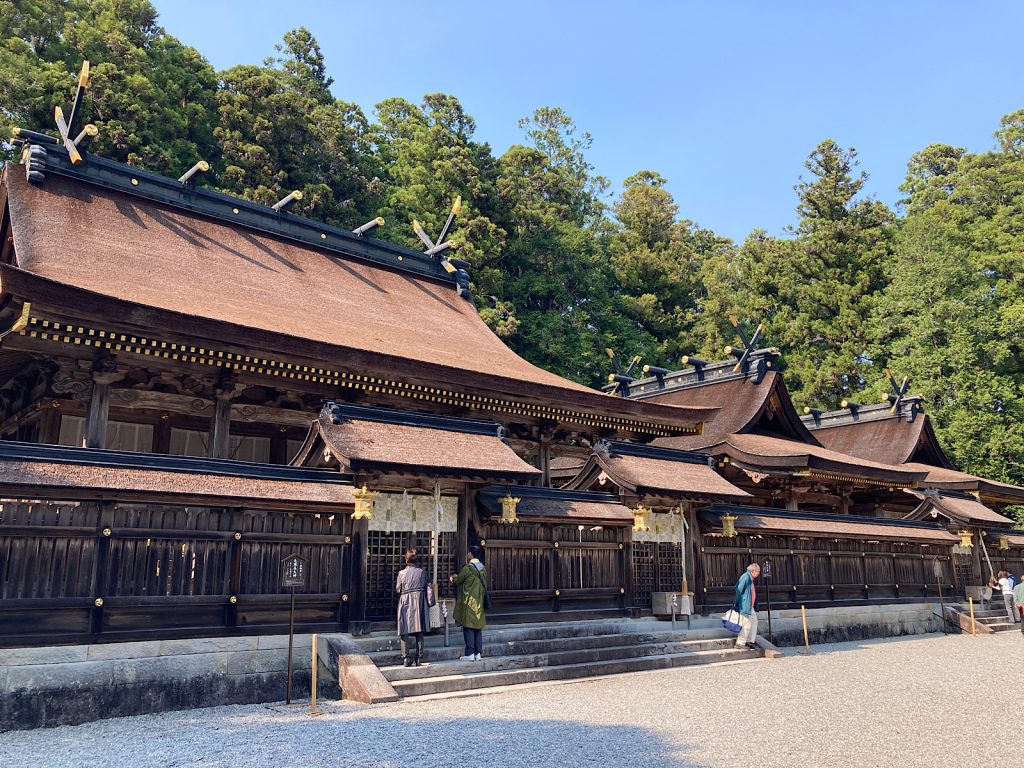
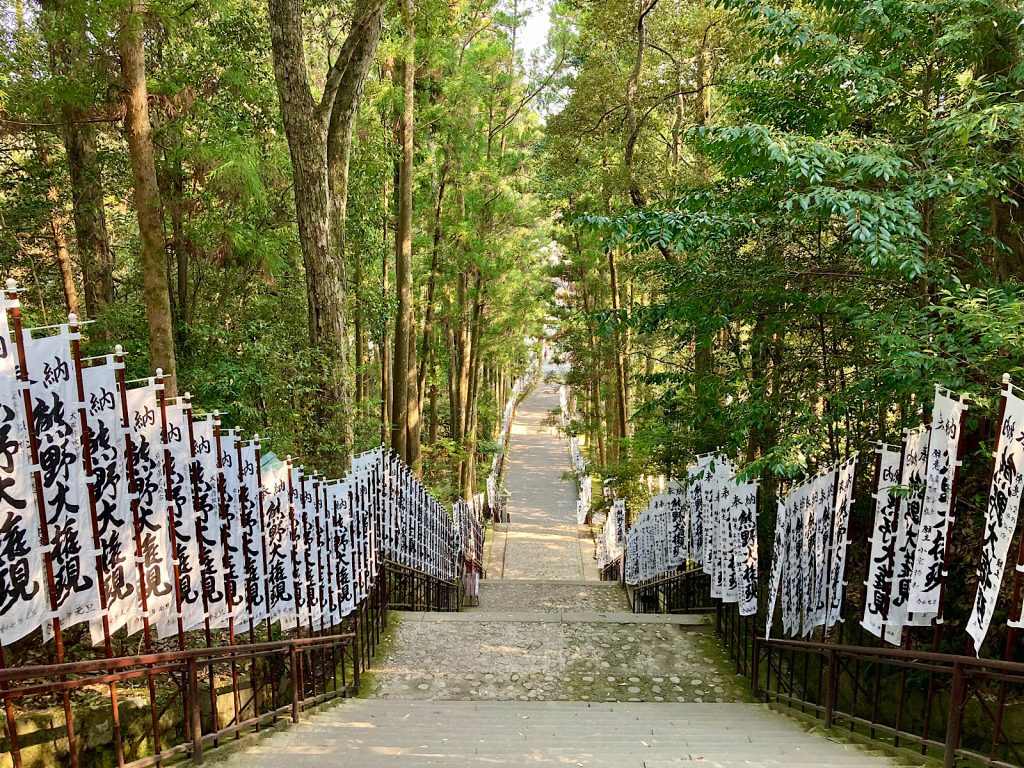
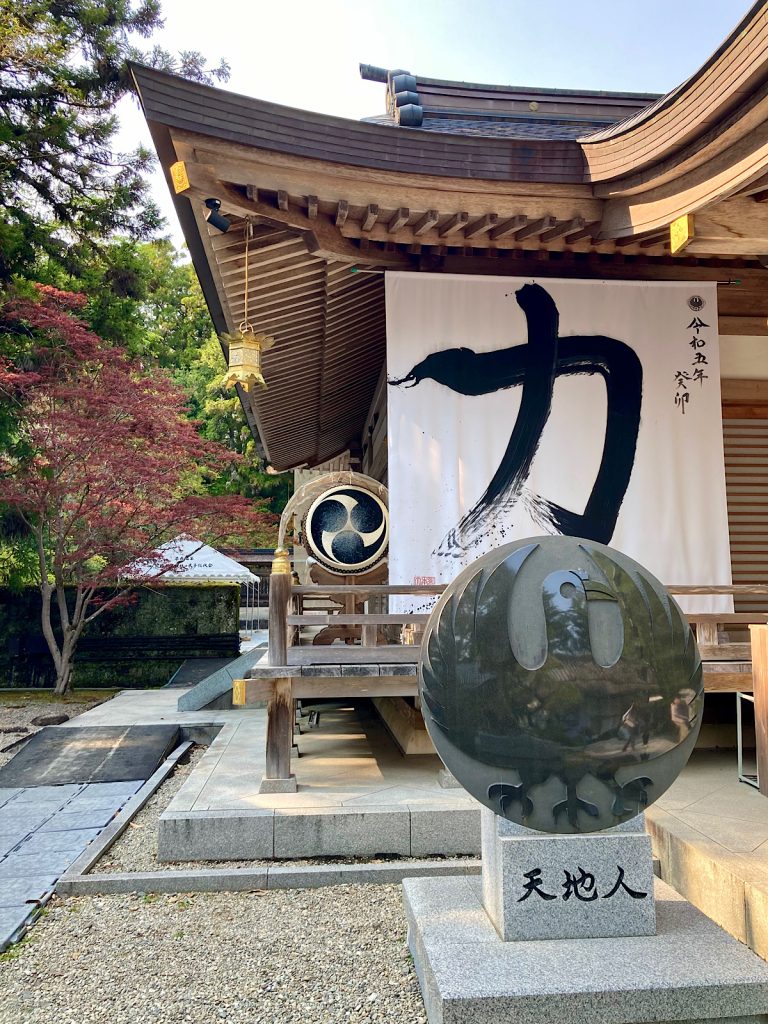
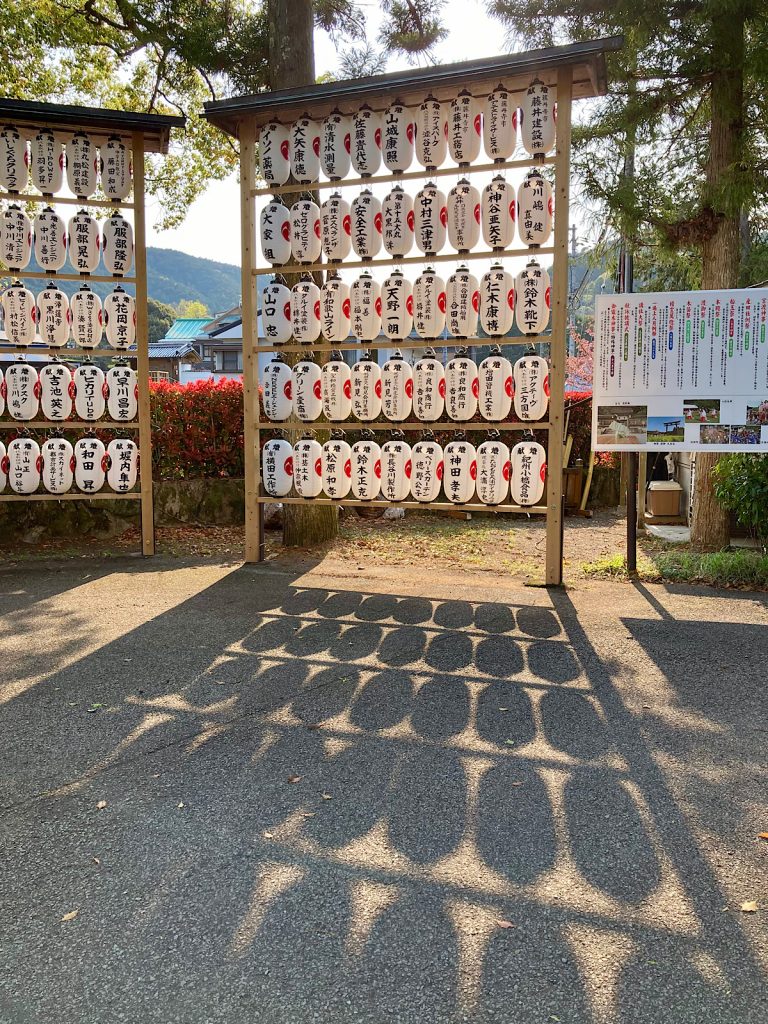
- Kumano Nachi Taisha, set beside Japan’s highest waterfall
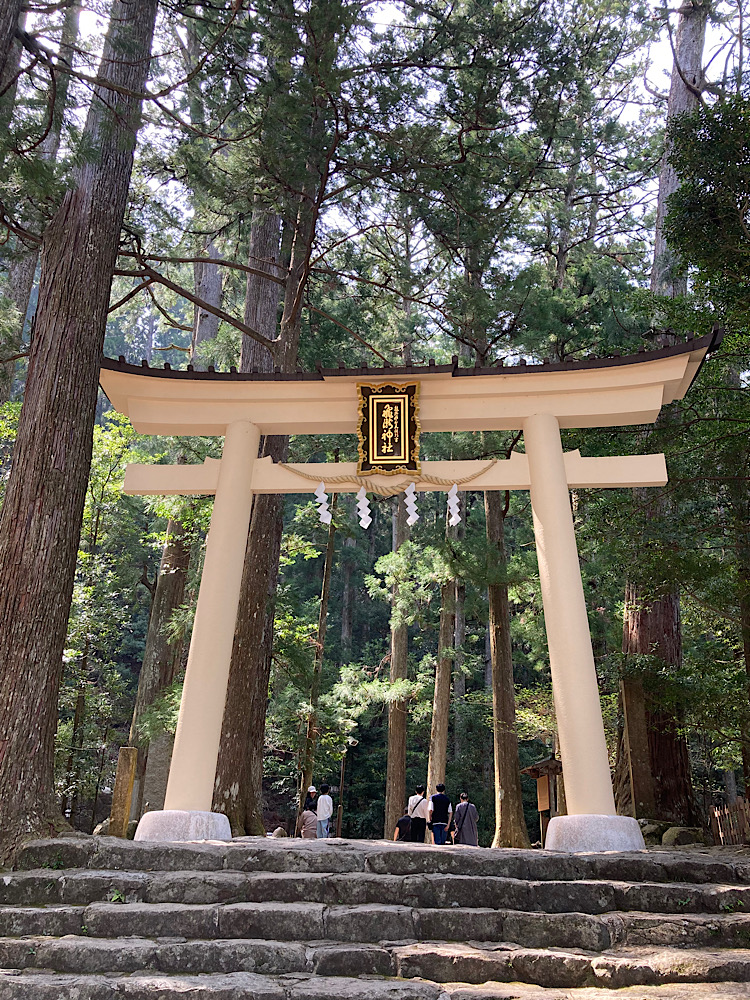
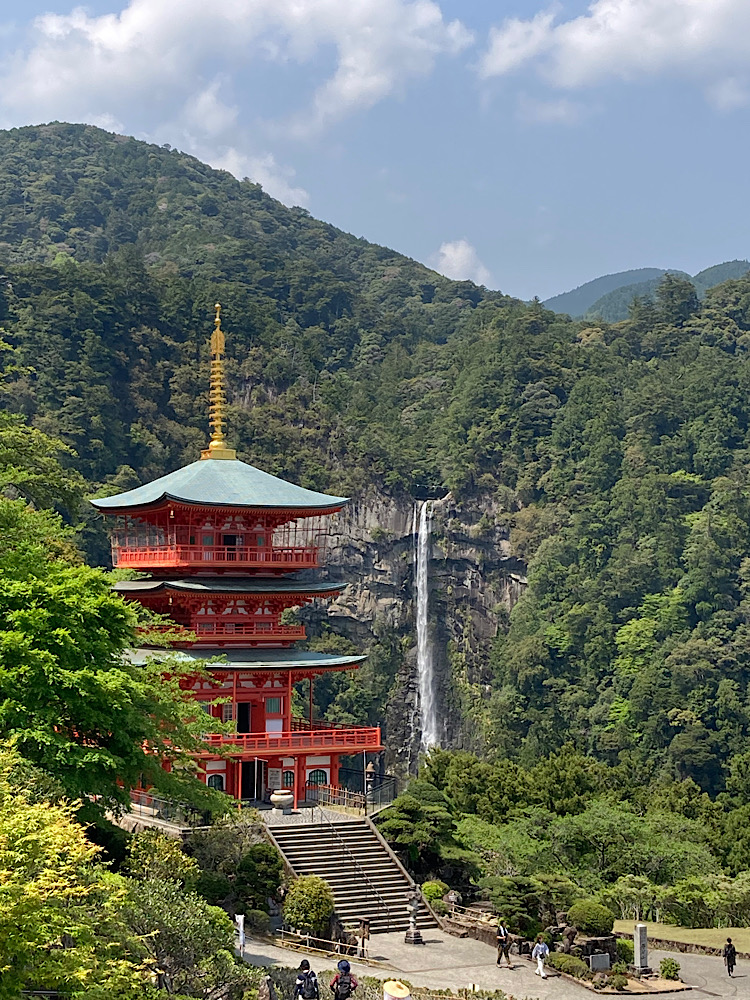
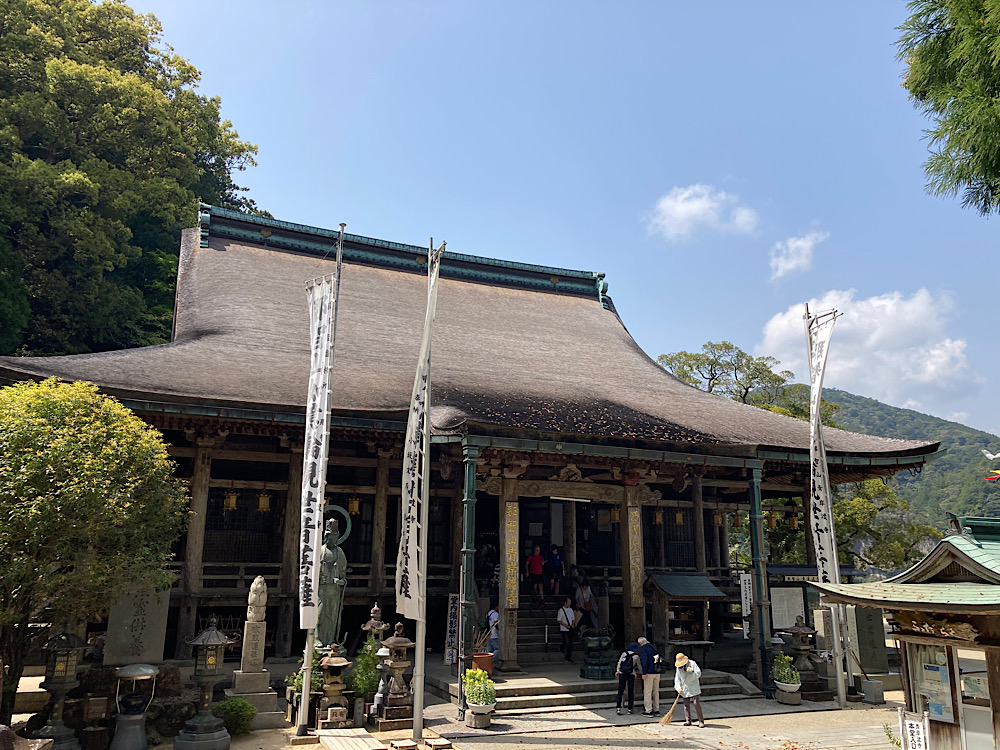
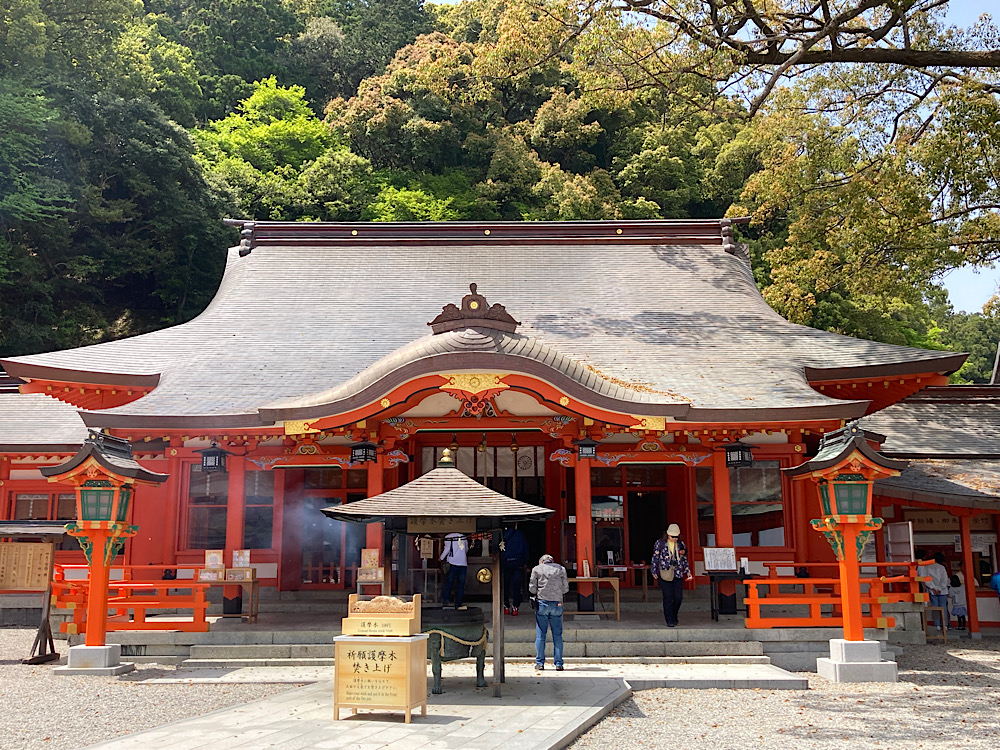
- Kumano Hayarama Taisha
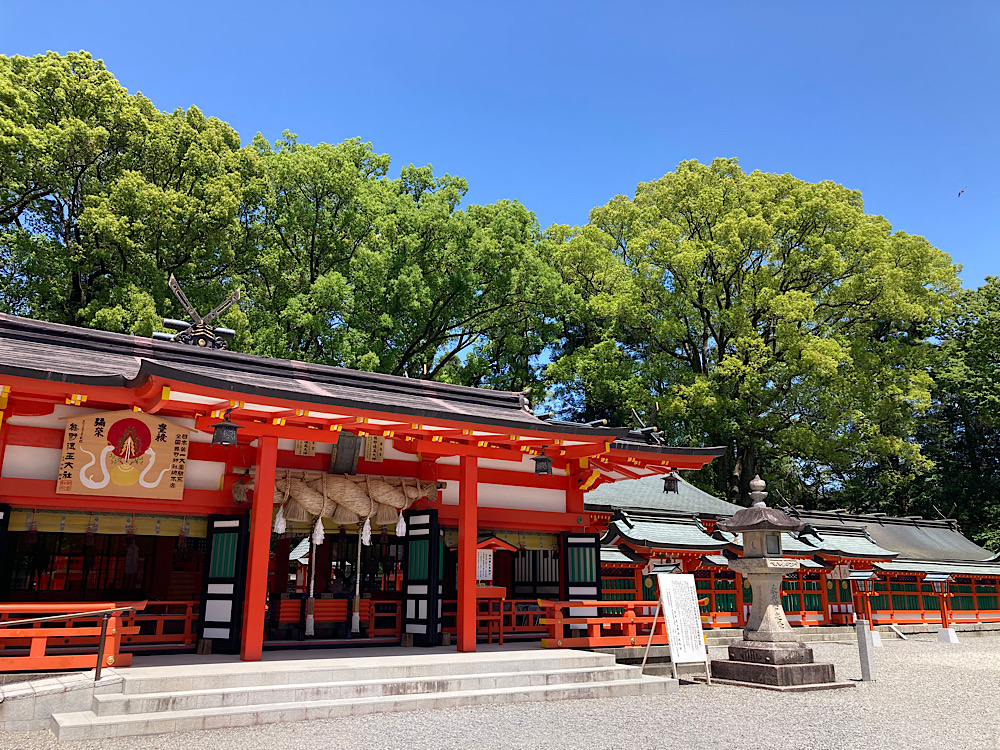
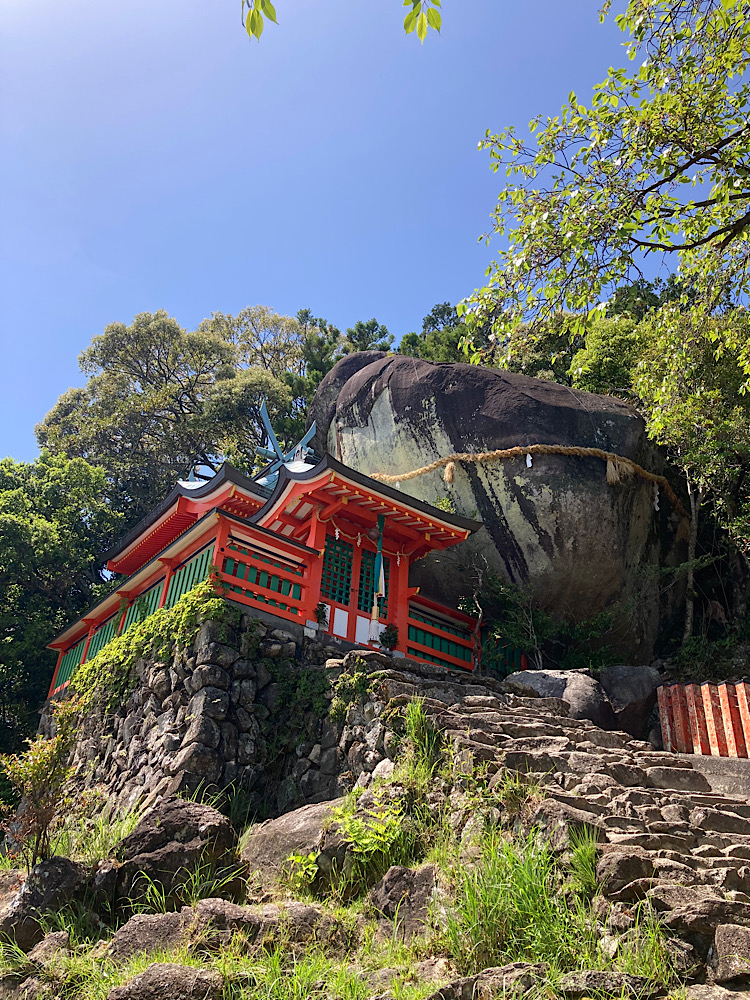
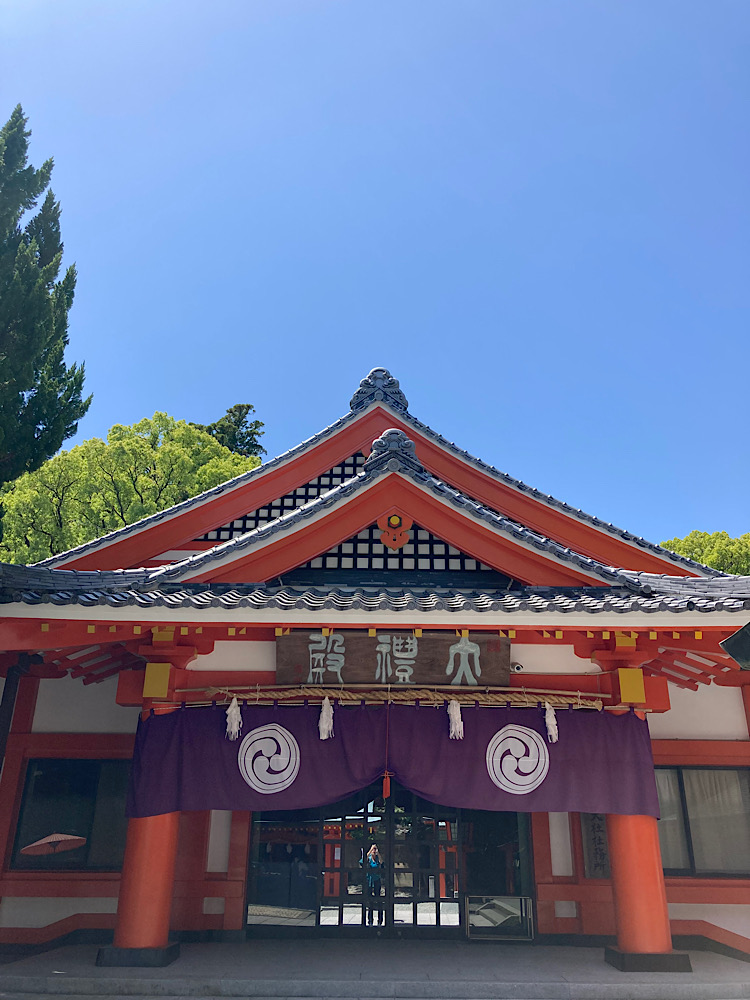
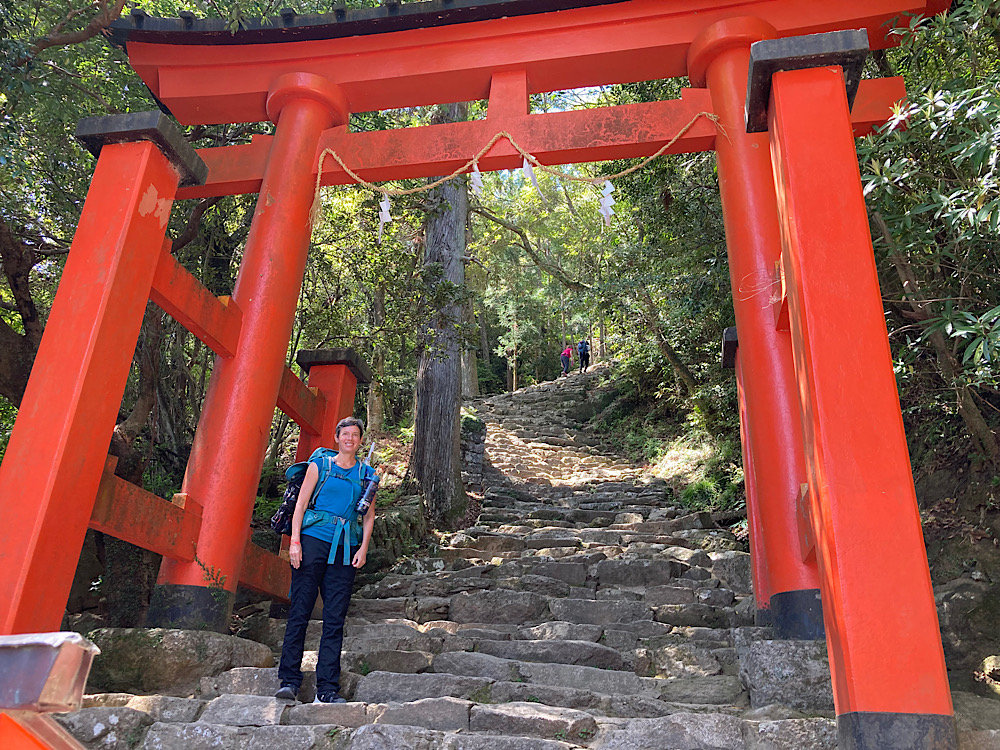
You may be wondering how I’m feeling after all of this cleansing, re-birthing, eating/drinking/soaking in medicinal waters, and spiritual pilgrimage. I am experiencing a profound feeling of gratitude. I’m grateful for our planet and the opportunities to be in nature. I am so grateful that my body is able to participate in these adventures. I am grateful that RobO supports and encourages me to do these activities, and sometimes comes along too. I am grateful that I have a career that I am still passionate about and a workplace that allows me this time off to pursue other passions. And I am grateful for family, friends, and those who I meet along life’s path.
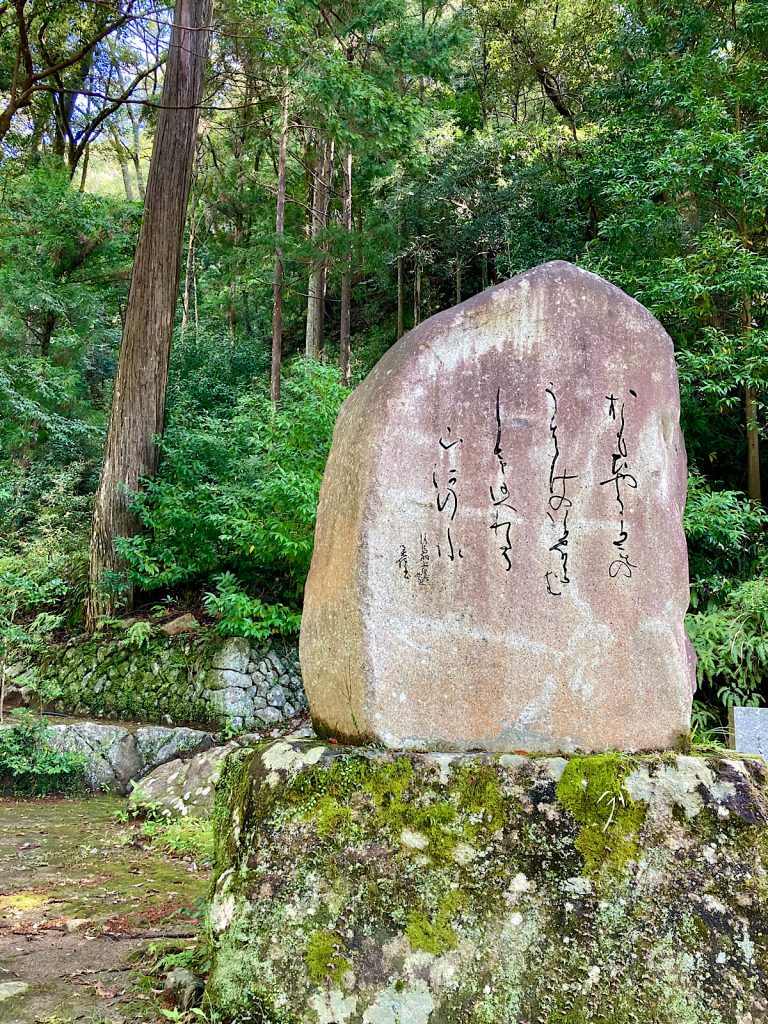
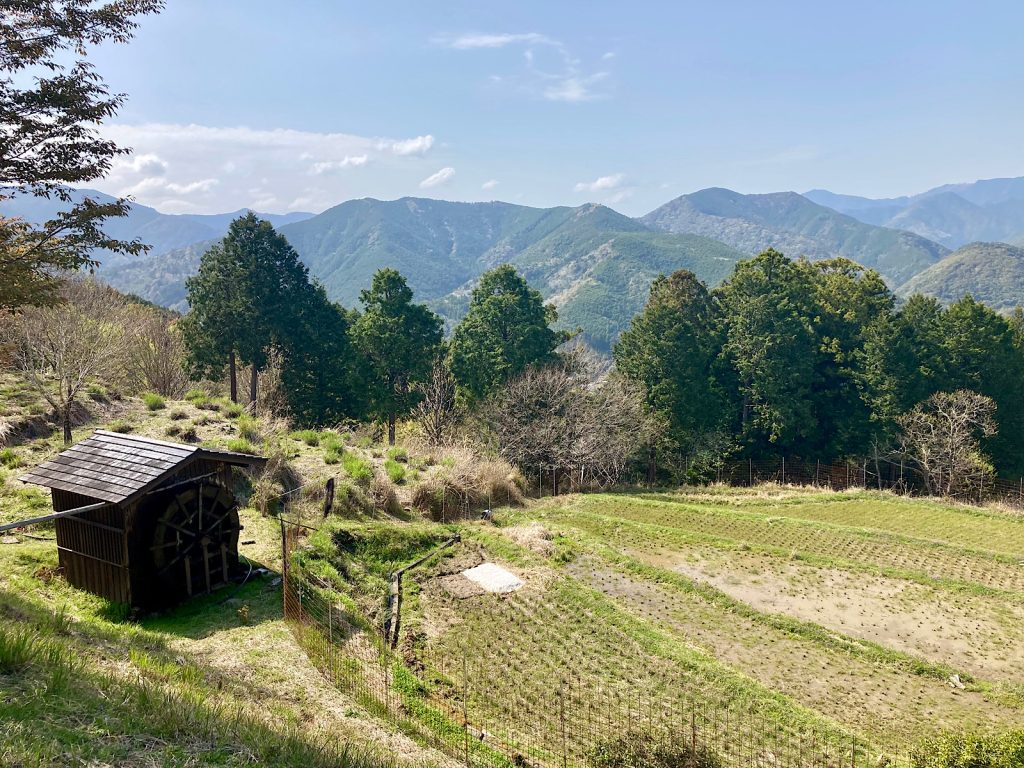
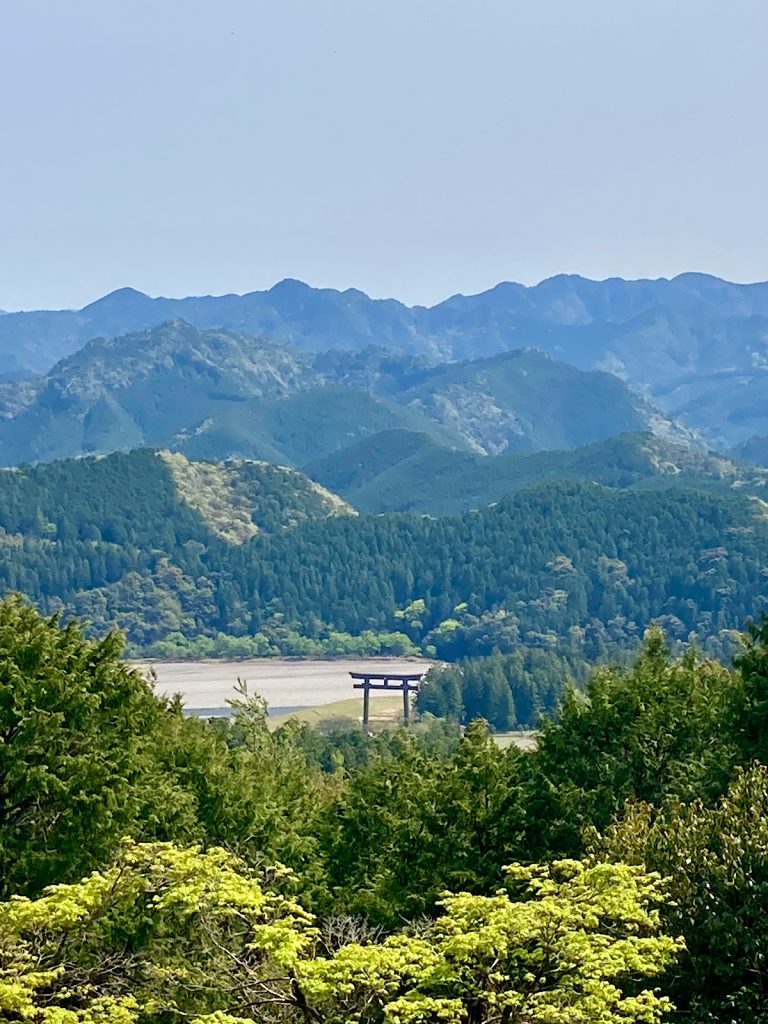
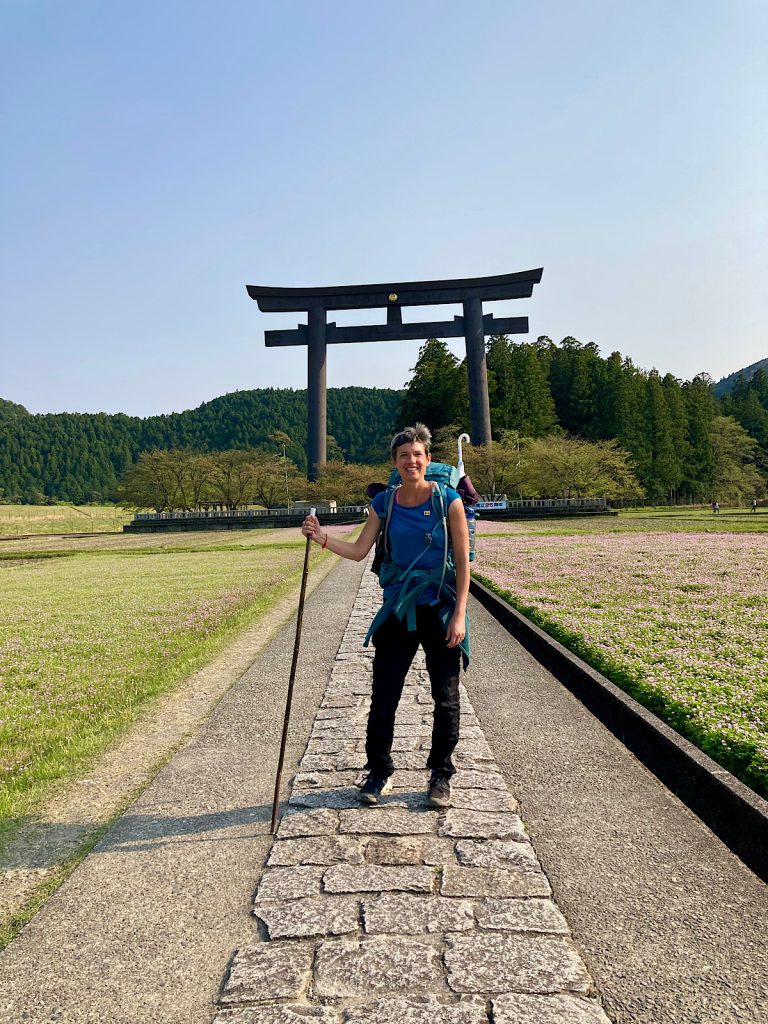
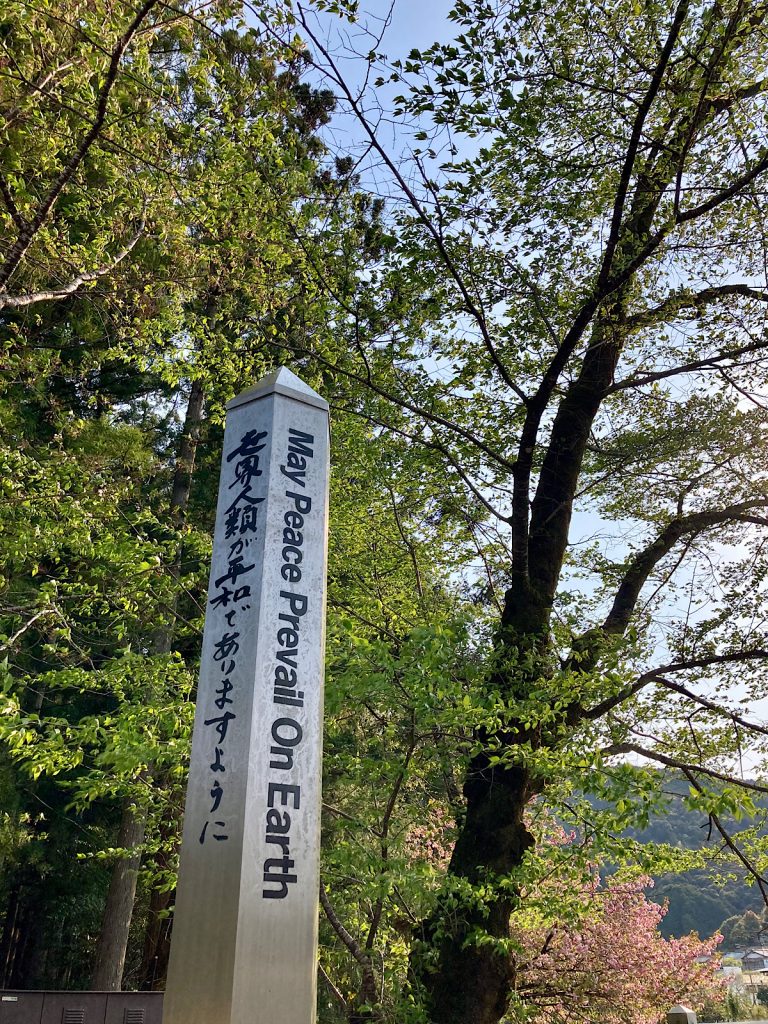


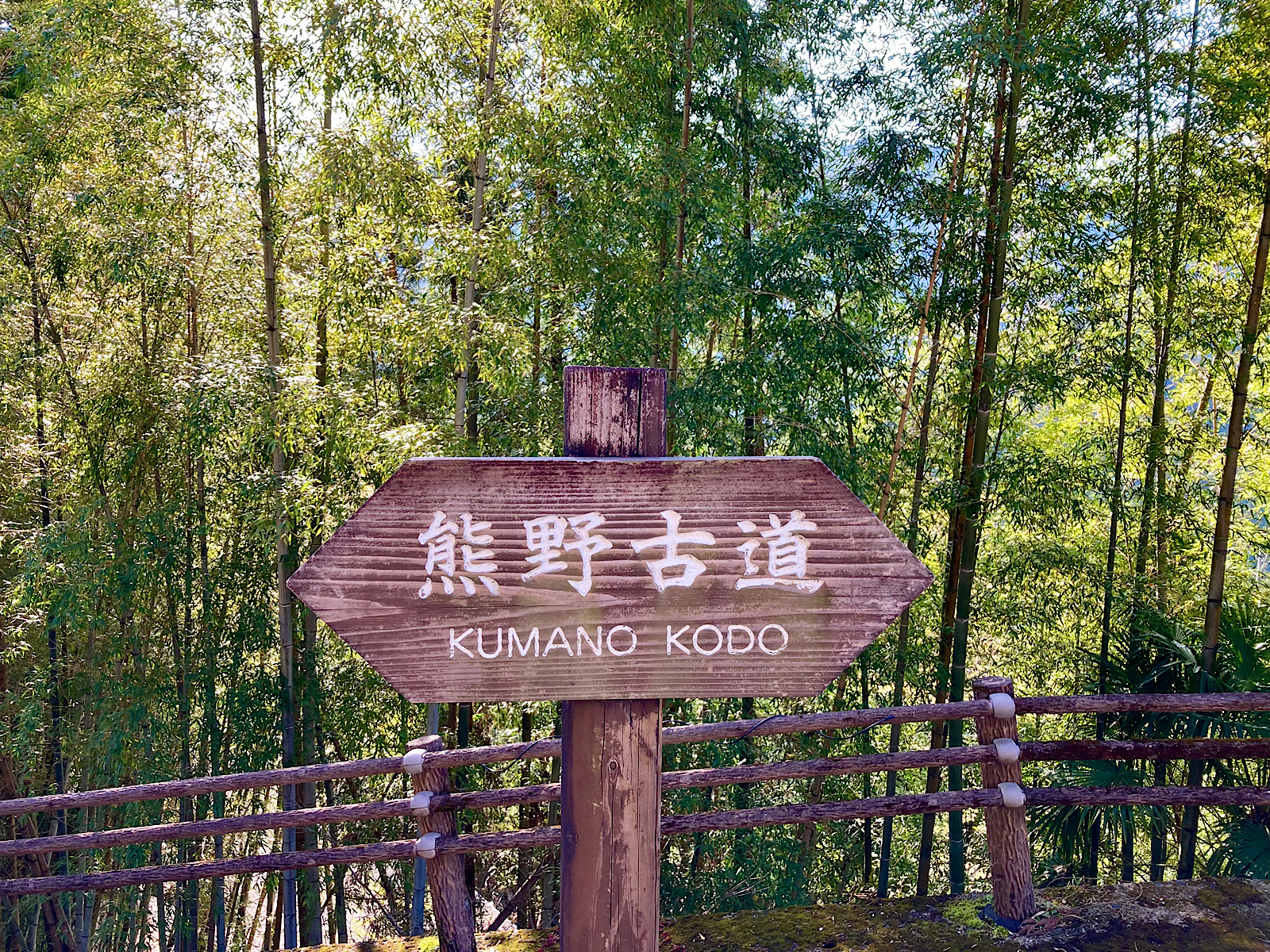
So beautiful… actually cried. I leave in less than two weeks and so nervous. Thank you
Enjoy every moment!
Hiking the Kumano Kodo pilgrimage sounds like an incredible journey filled with tradition and natural beauty. The Shiogori salt-water purification and the symbolic rebirth through the rock opening are fascinating cultural experiences. The varied landscapes, from cedar forests to glowing Japanese maples, must have been breathtaking. Staying in guesthouses and enjoying traditional meals added a luxurious touch to the adventure. What was the most challenging part of the hike for you?
Definitely the hike from Koguchi to Nachi was the most physically challenging. Mentally it took me a little bit of time to remember to slow down and enjoy all of the moments.
Hi , congratulations on your dual Compostella. Feeling so happy you were able to do this and you feel so happy for it. But I am a little confused … on my map I see that Kumano Hongu Taisha is the first temple you come to… and there everyone receive there certificate … so do you have to do the other two temples and return back … I have already done the Camino in Spain , so I too would like to get the dual… thanks you for you help.
Hi,
There are 5 routes that you can do to receive the dual:
① Takijiri-oji to Kumano Hongu Taisha on foot (~38 km) or
② Kumano Nachi Taisha to/from Kumano Hongu Taisha on foot (~30 km) or
③ Hosshinmon-oji to Kumano Hongu Taisha on foot (~7 km) plus a visit to Kumano Hayatama Taisha and Kumano Nachi Taisha or
④ Koyasan to Kumano Hongu Taisha on foot (~65 km) or
⑤ Ogigahama Mizugori Site, Tokei-jinja, two sites or more on Ohechi route, plus a visit to Kumano Hayatama Taisha, Kumano Nachi Taisha, and Kumano Hongu Taisha
The only temple that has the dual office is Hongu (as you can see, all of the above end at Hongu). So I received the dual after the first 38kms. I knew that I would also be doing options 2, but it’s moot (like how I’ve done 2 Camino but I only could report 1).
Hope this helps! Feel free to message me if you have further questions!